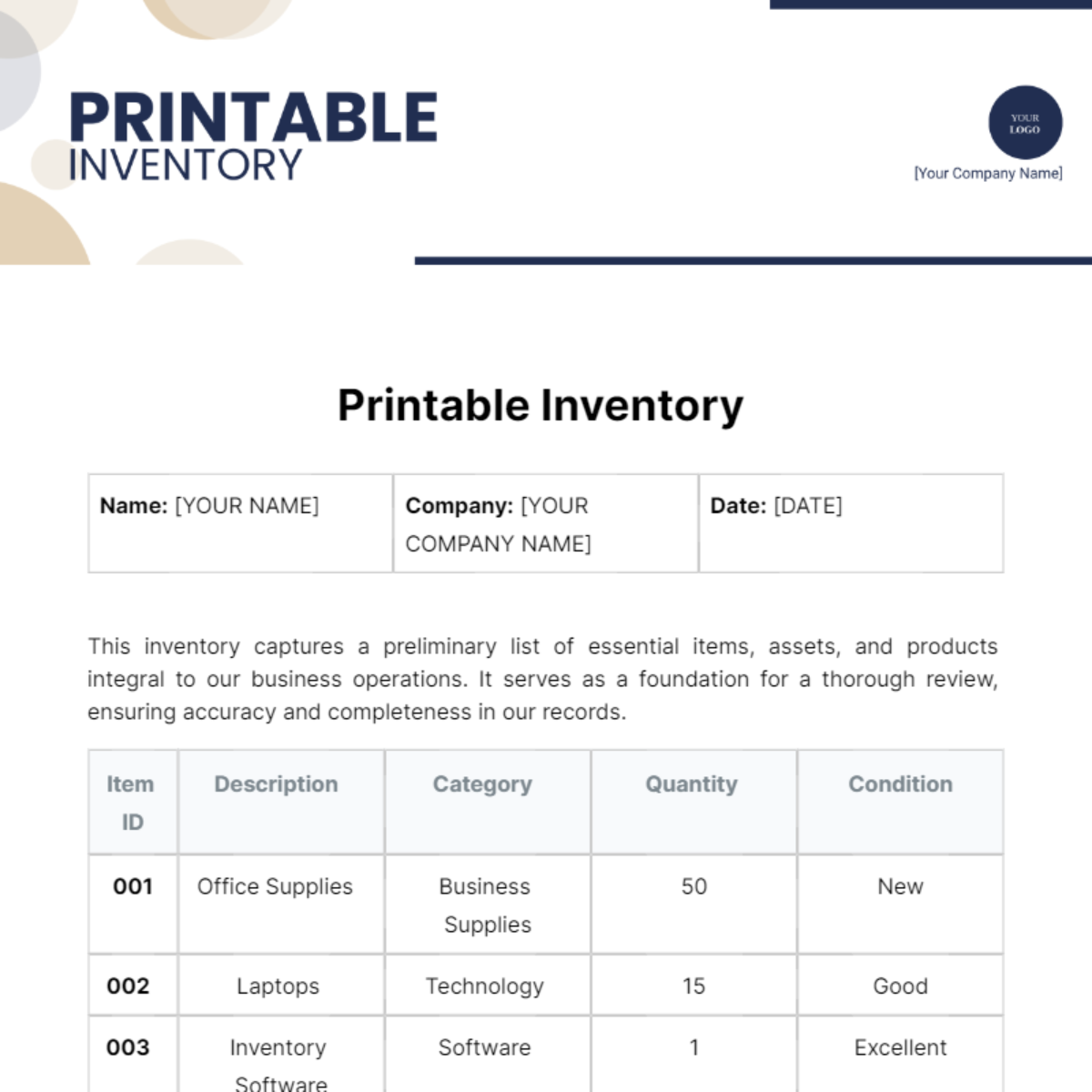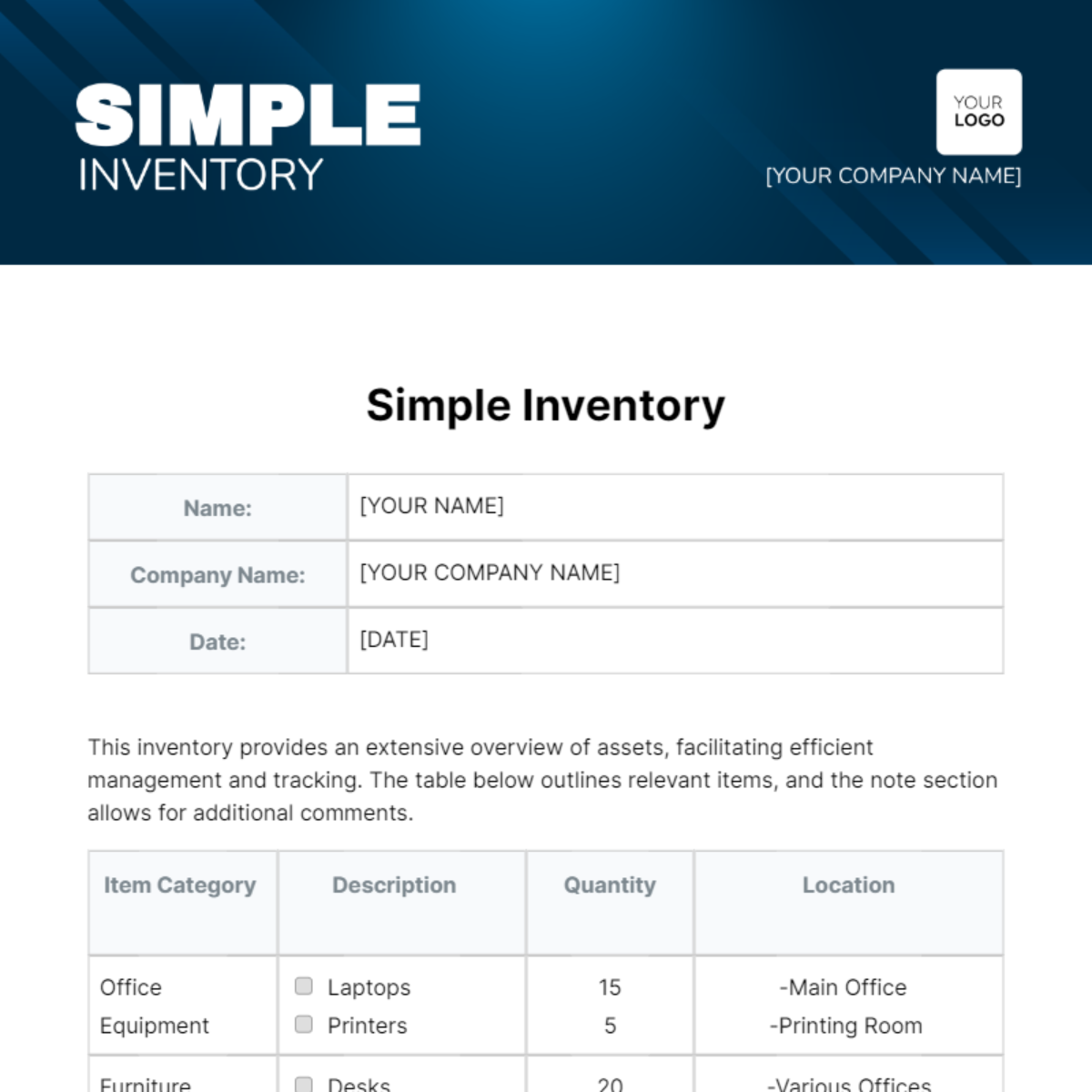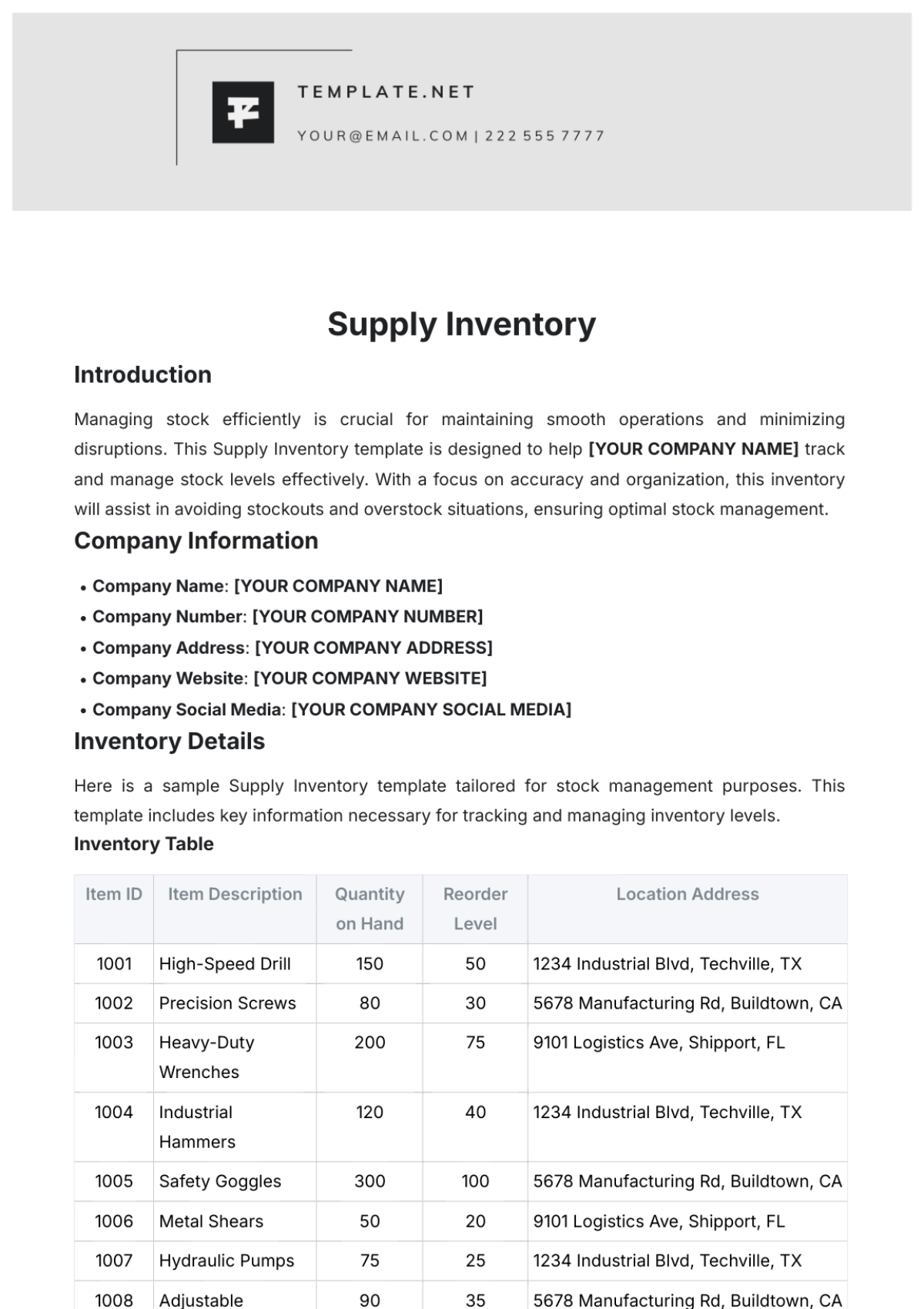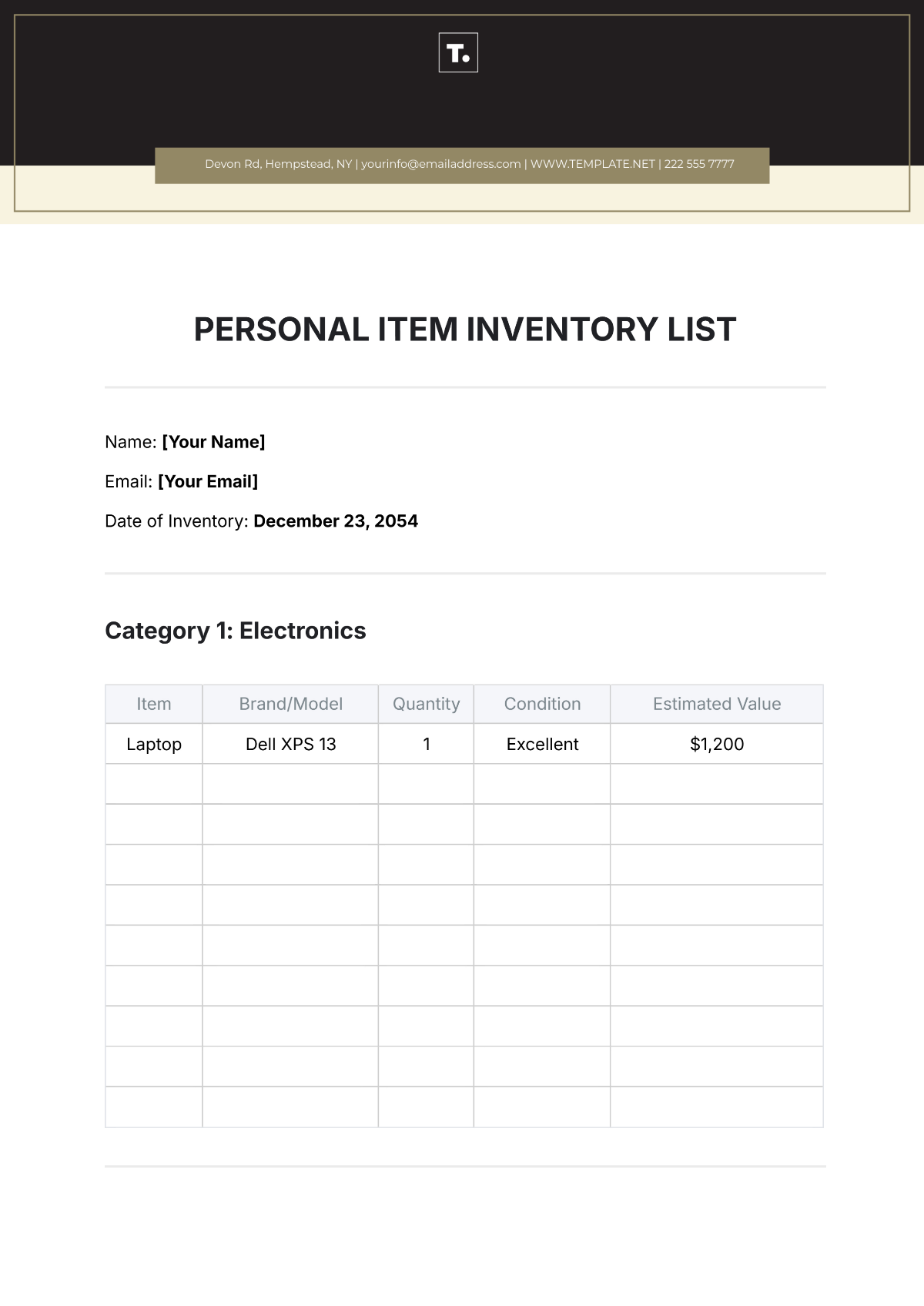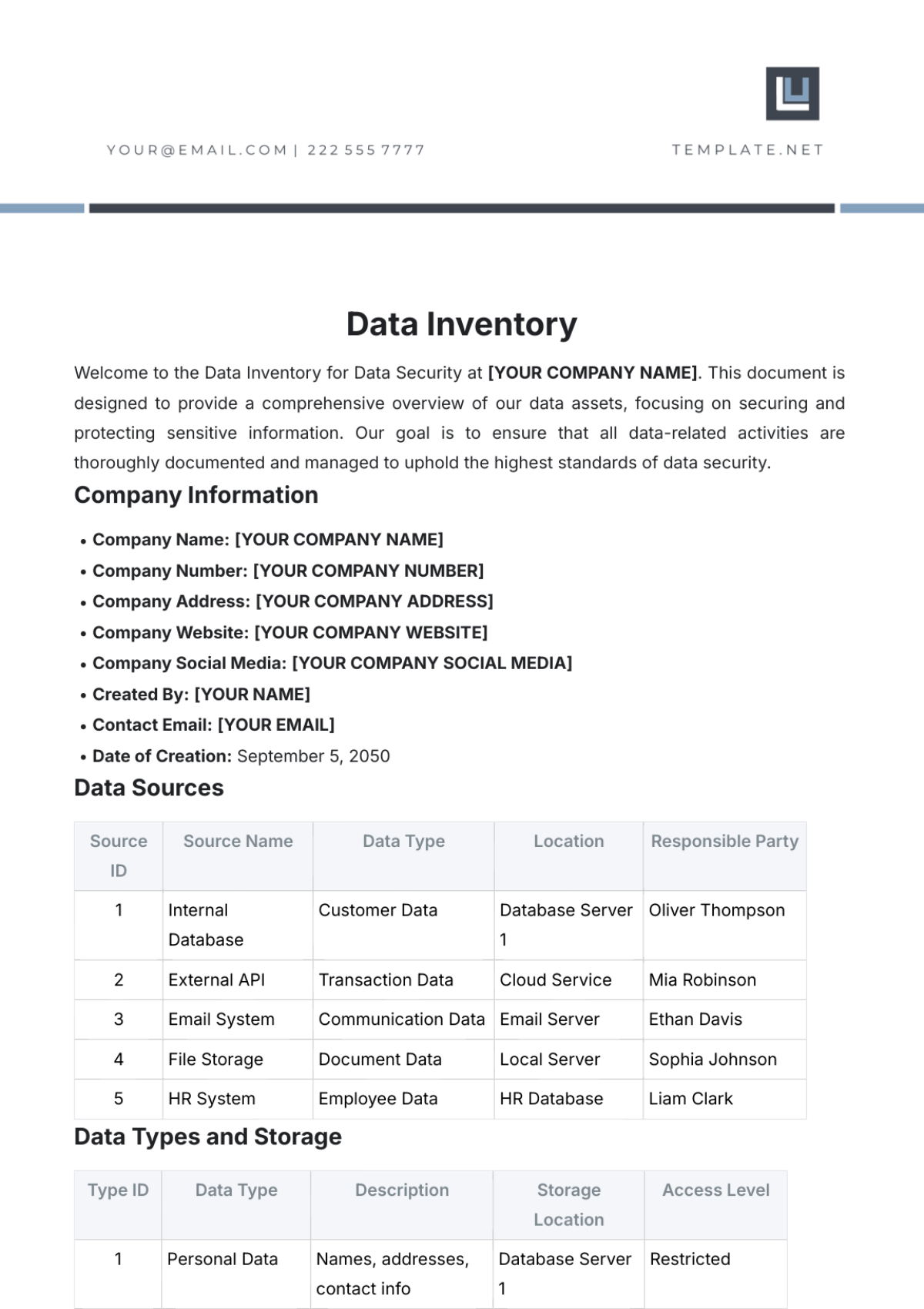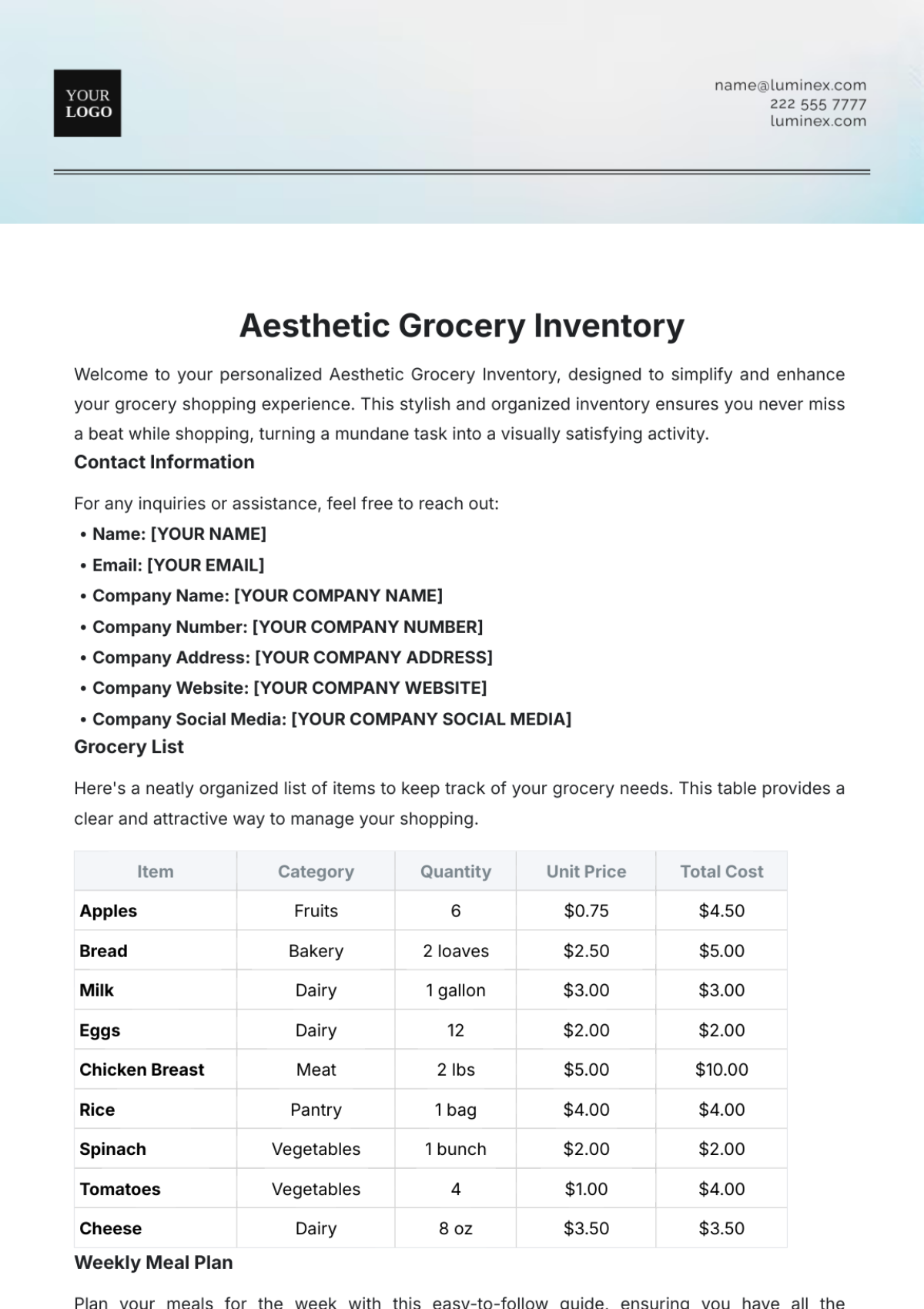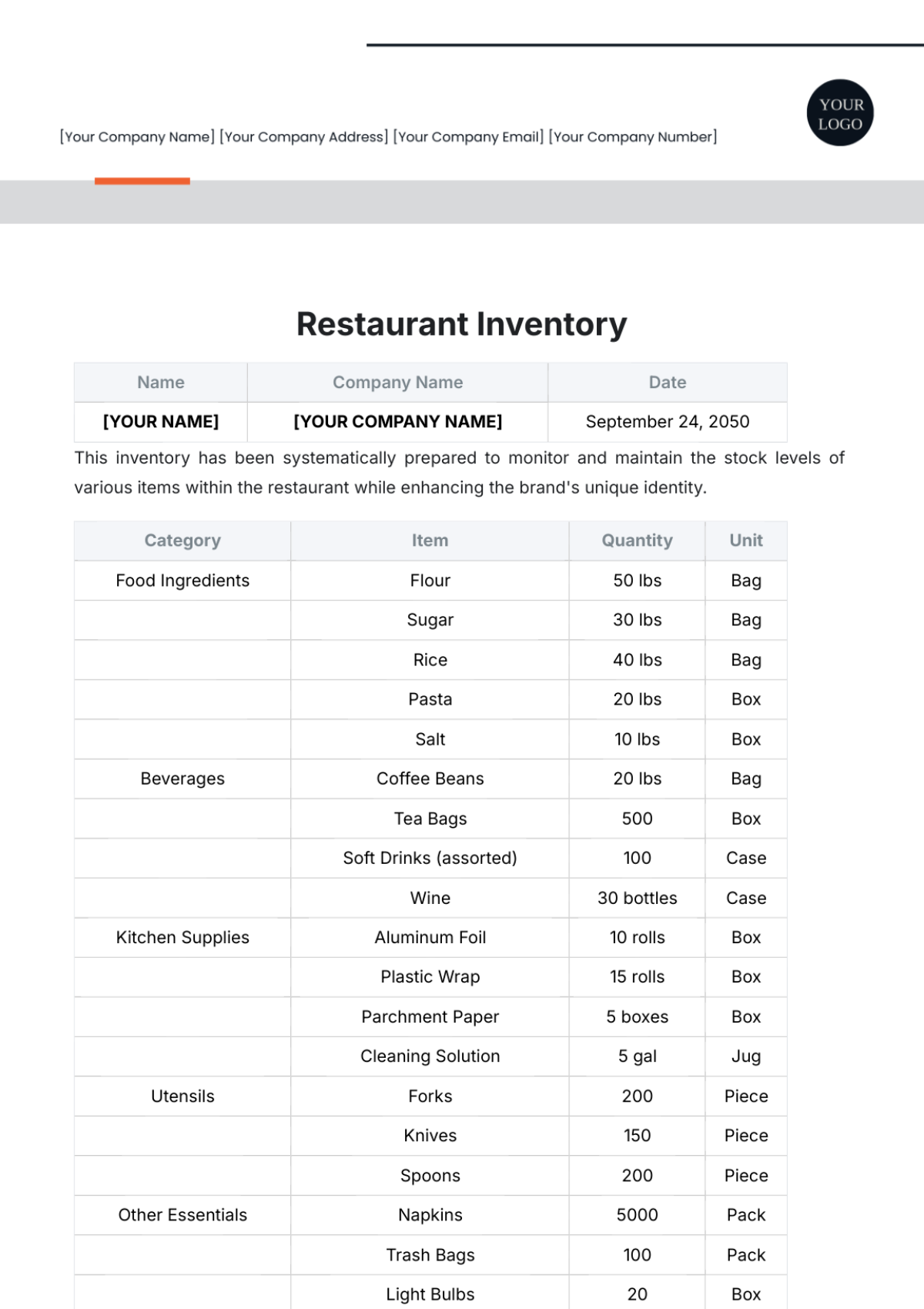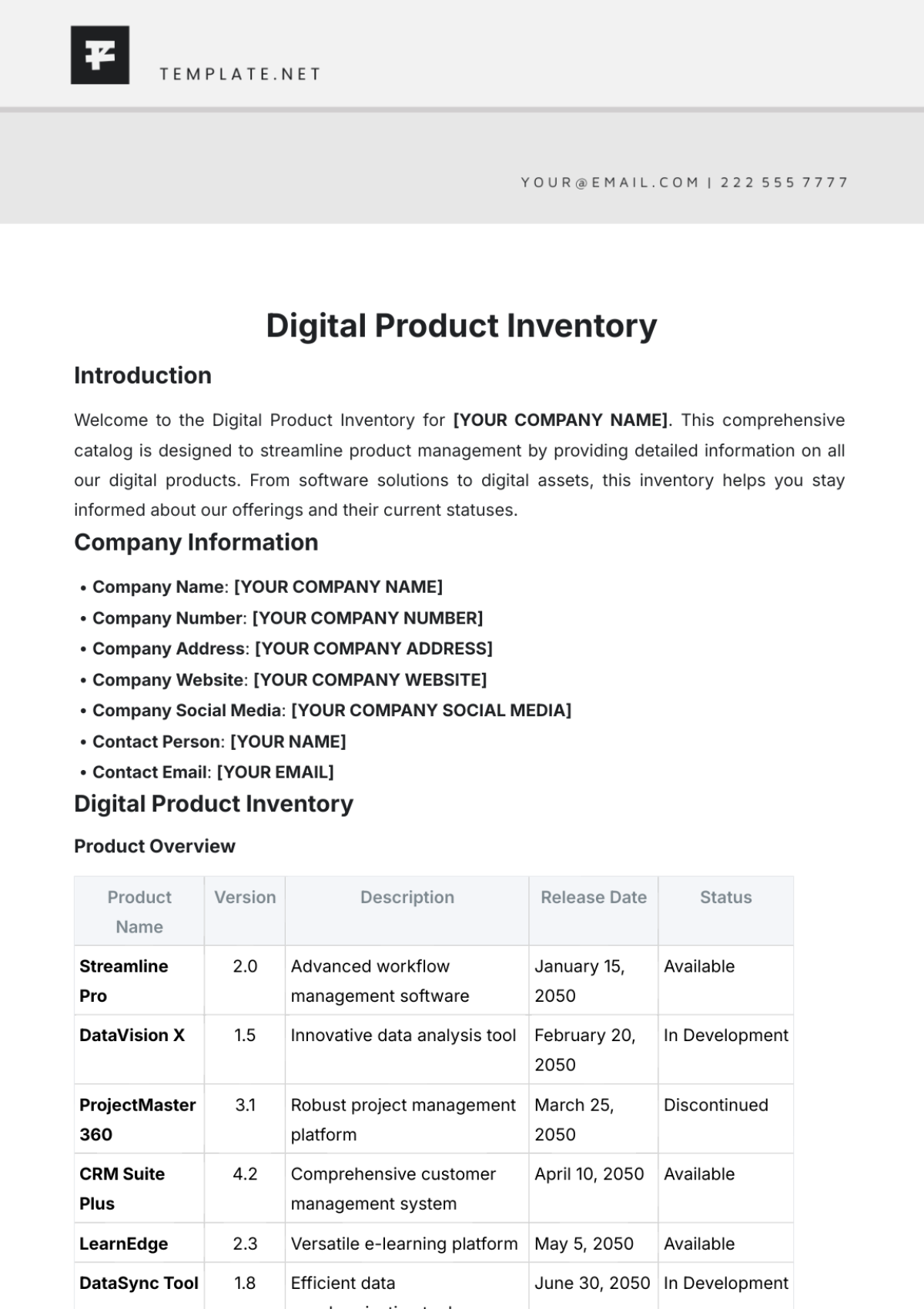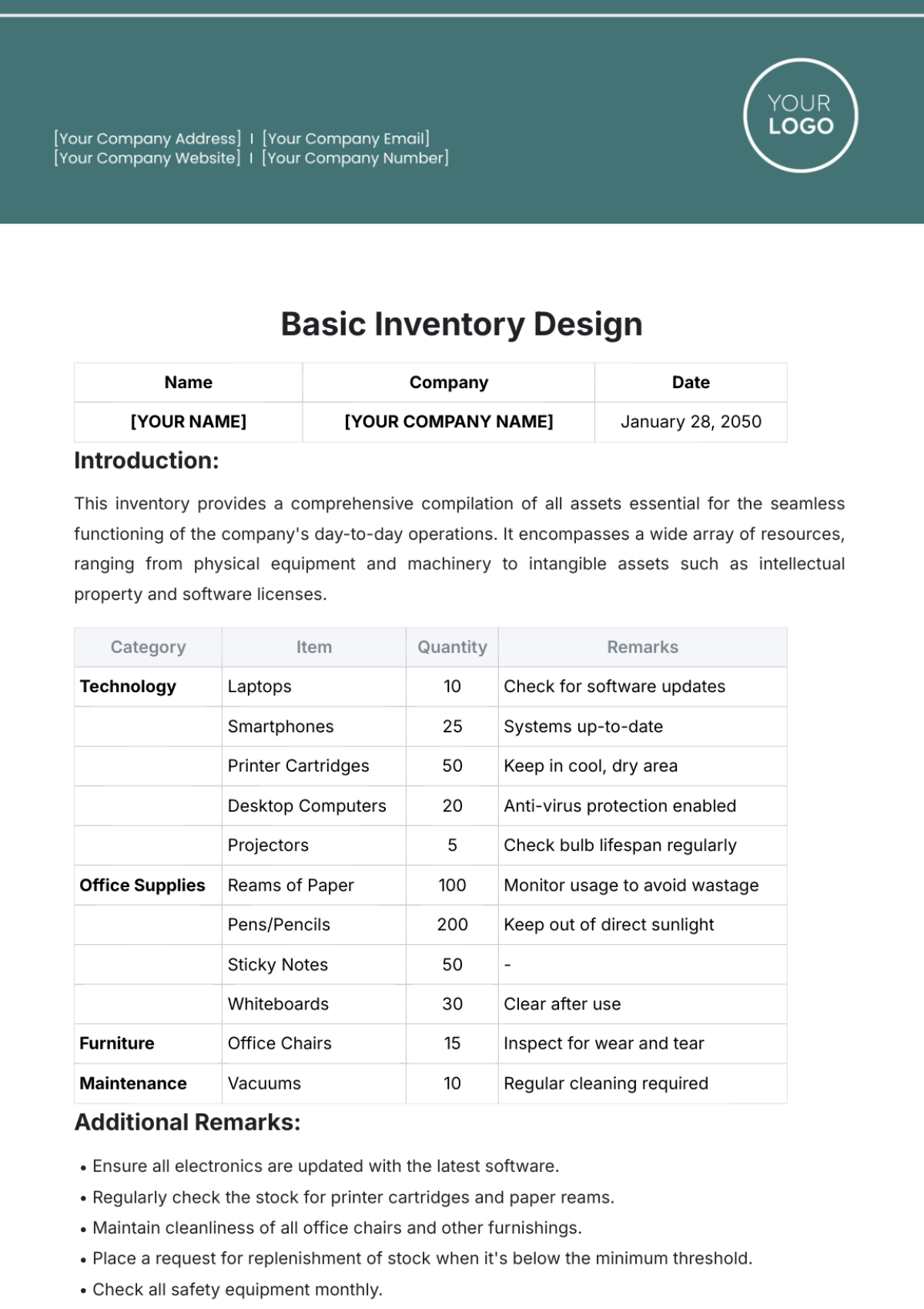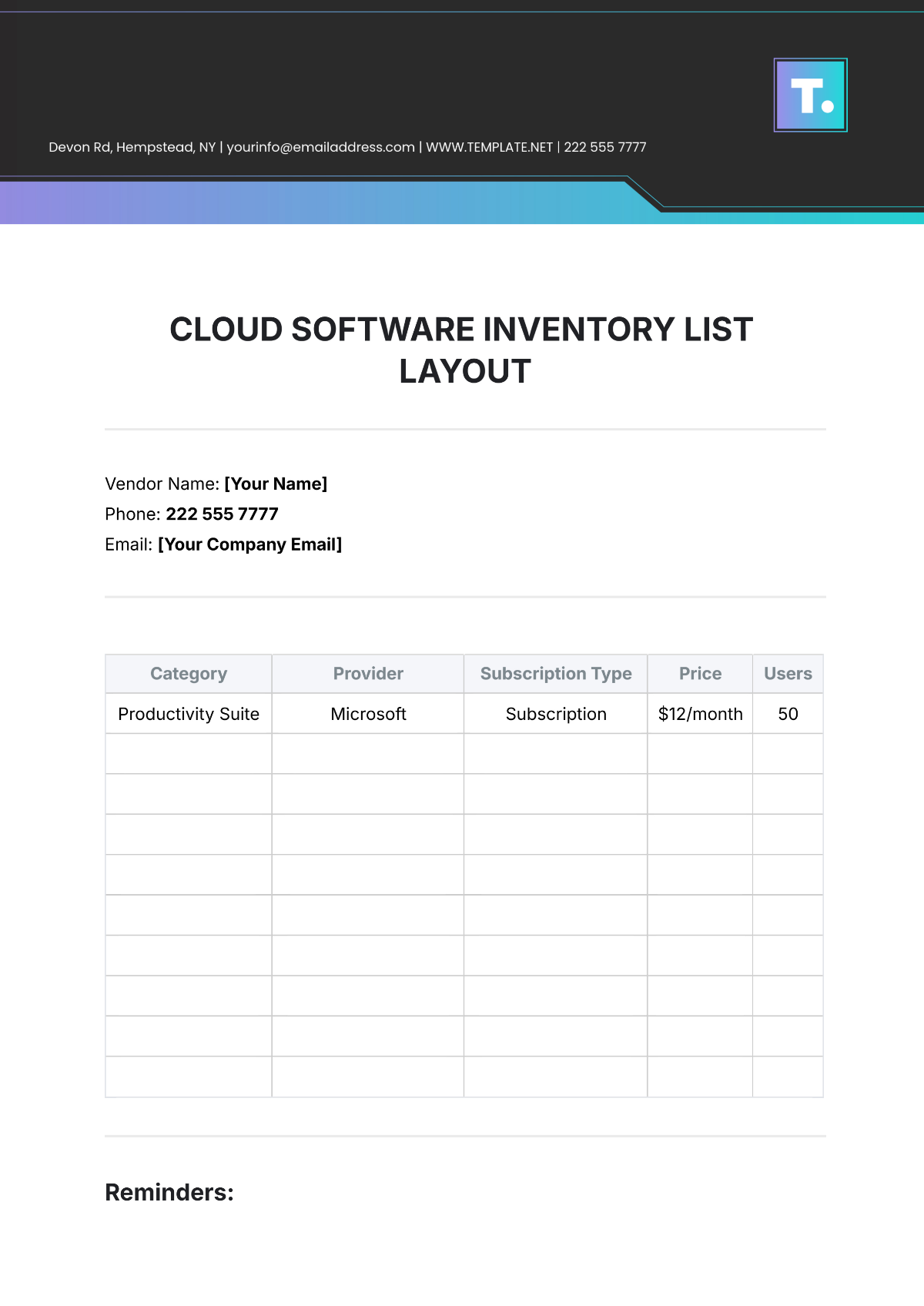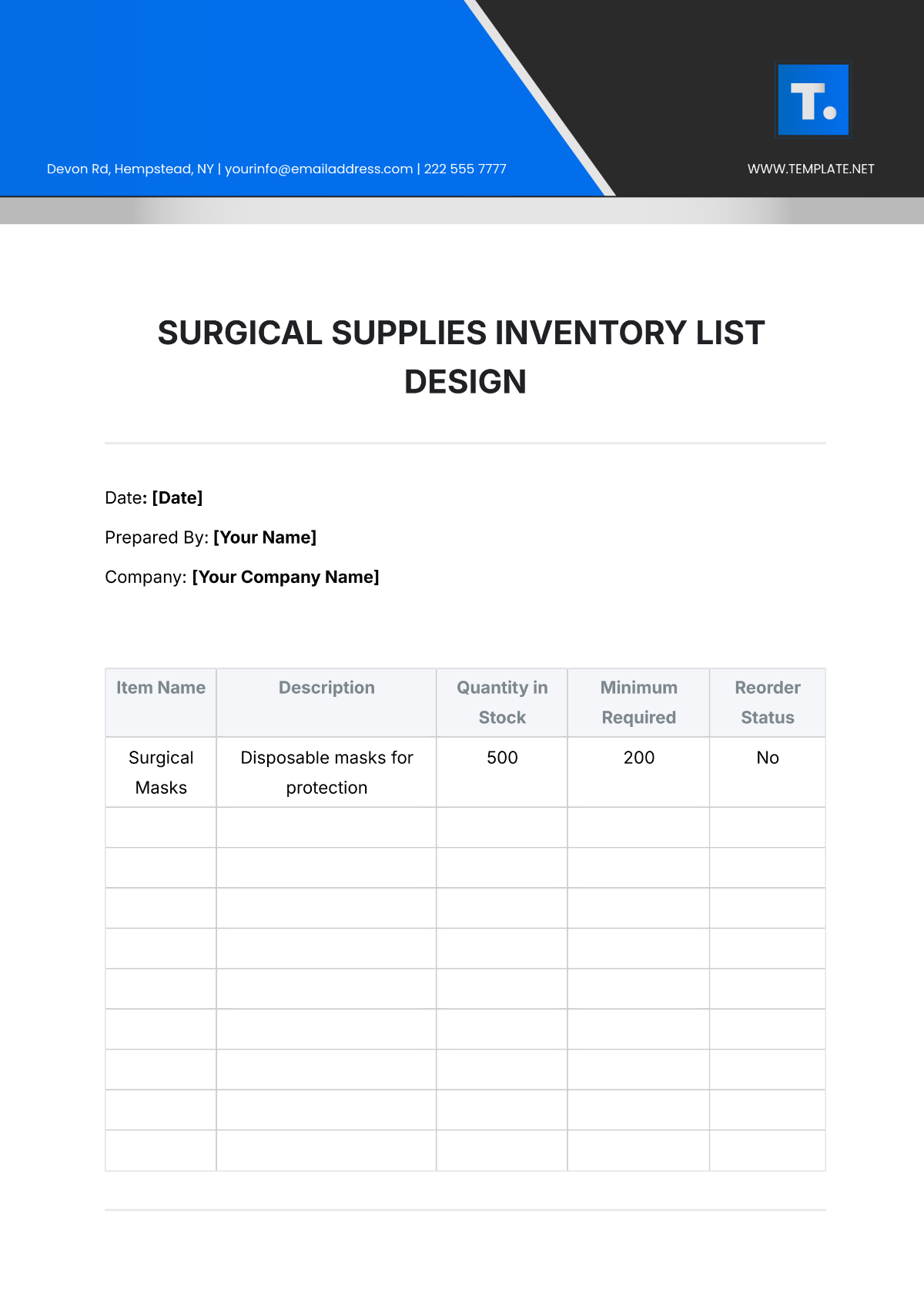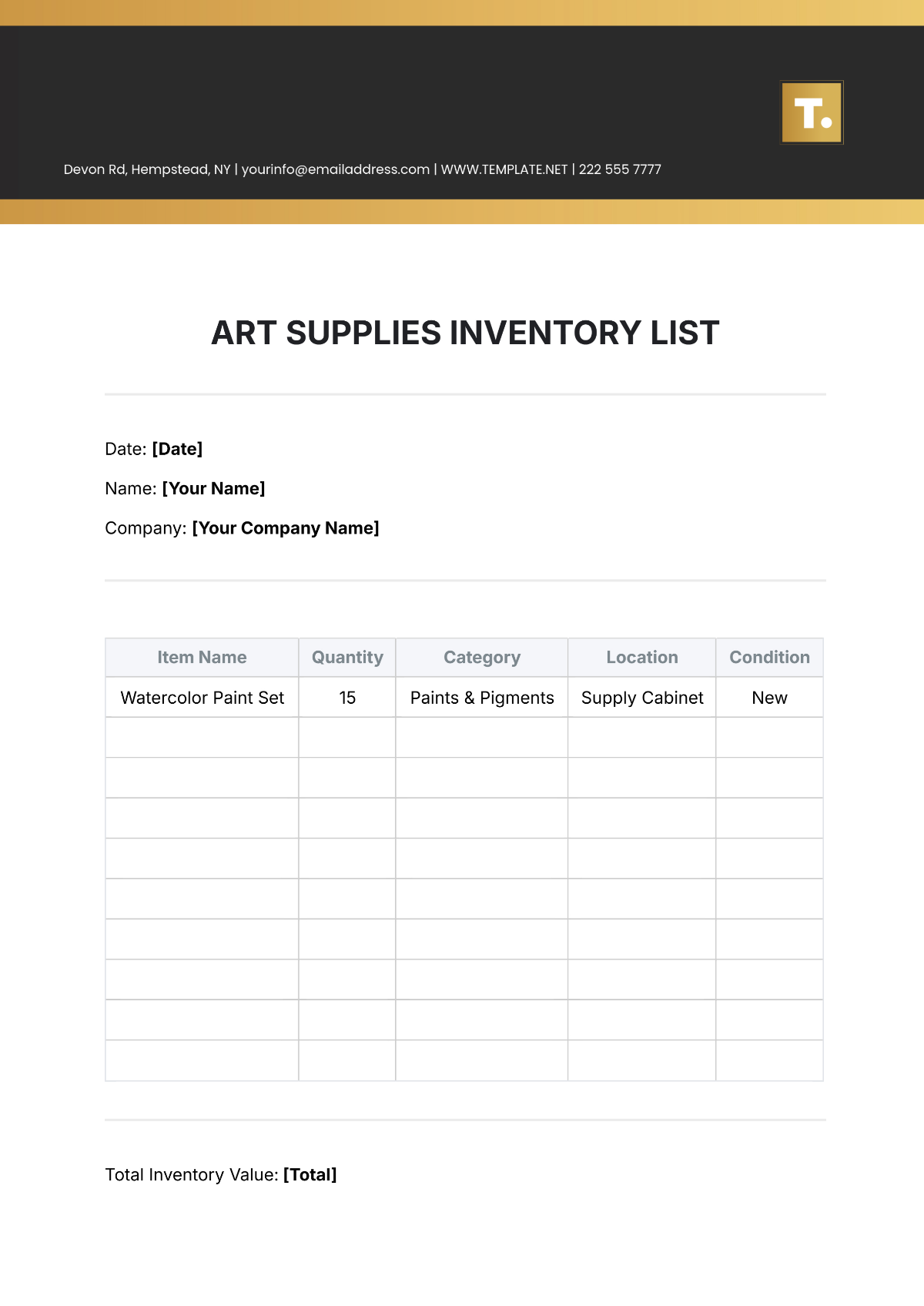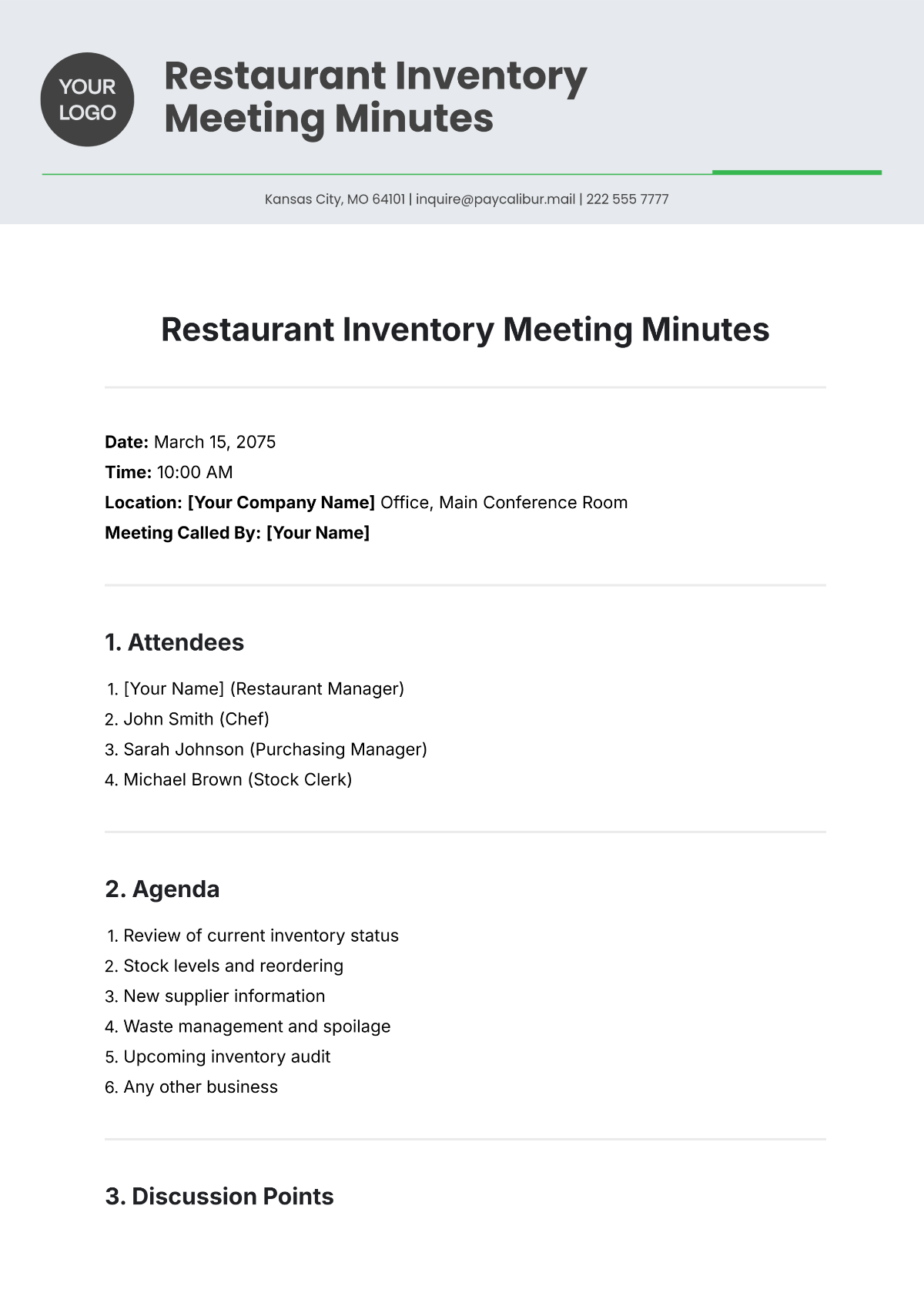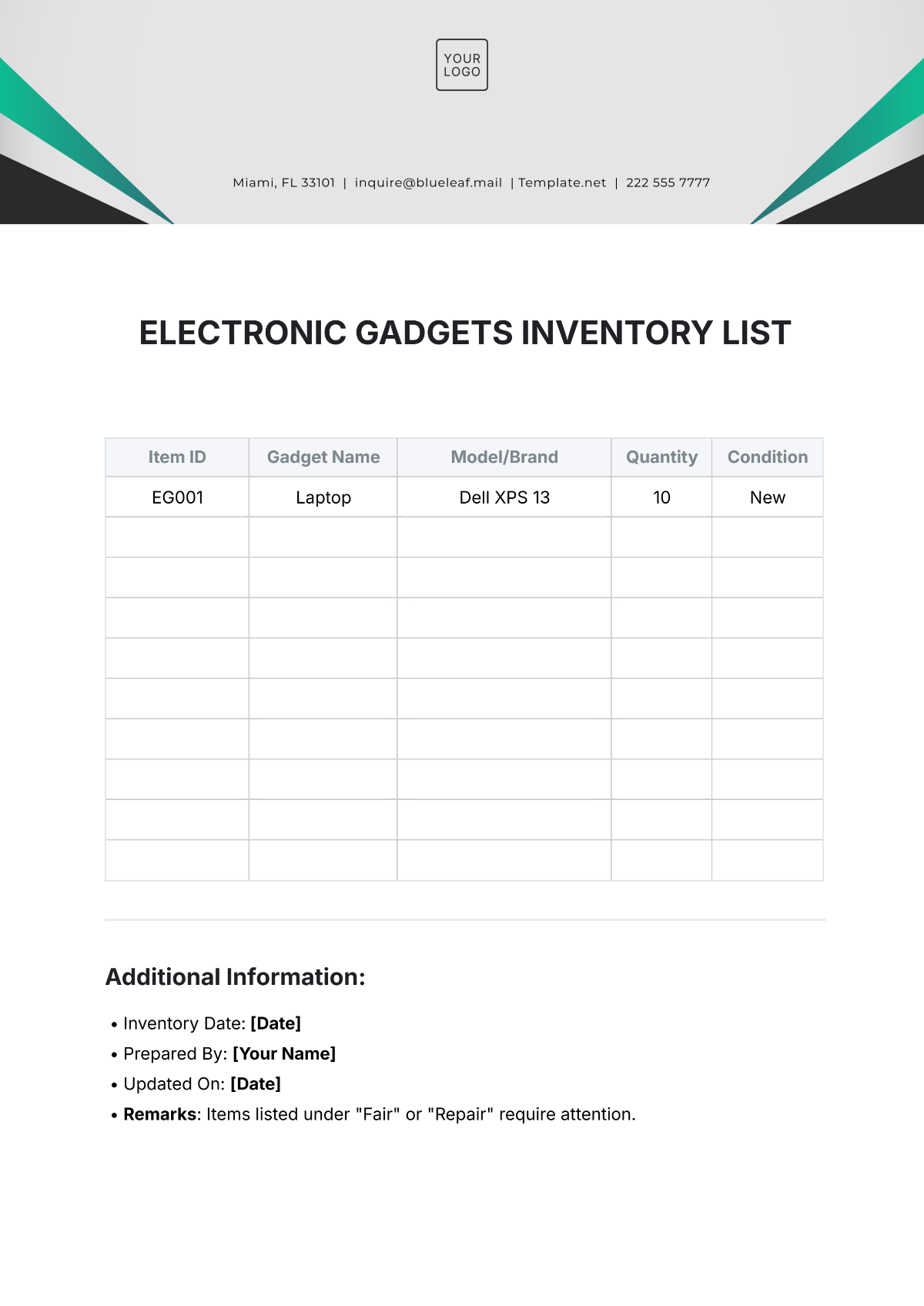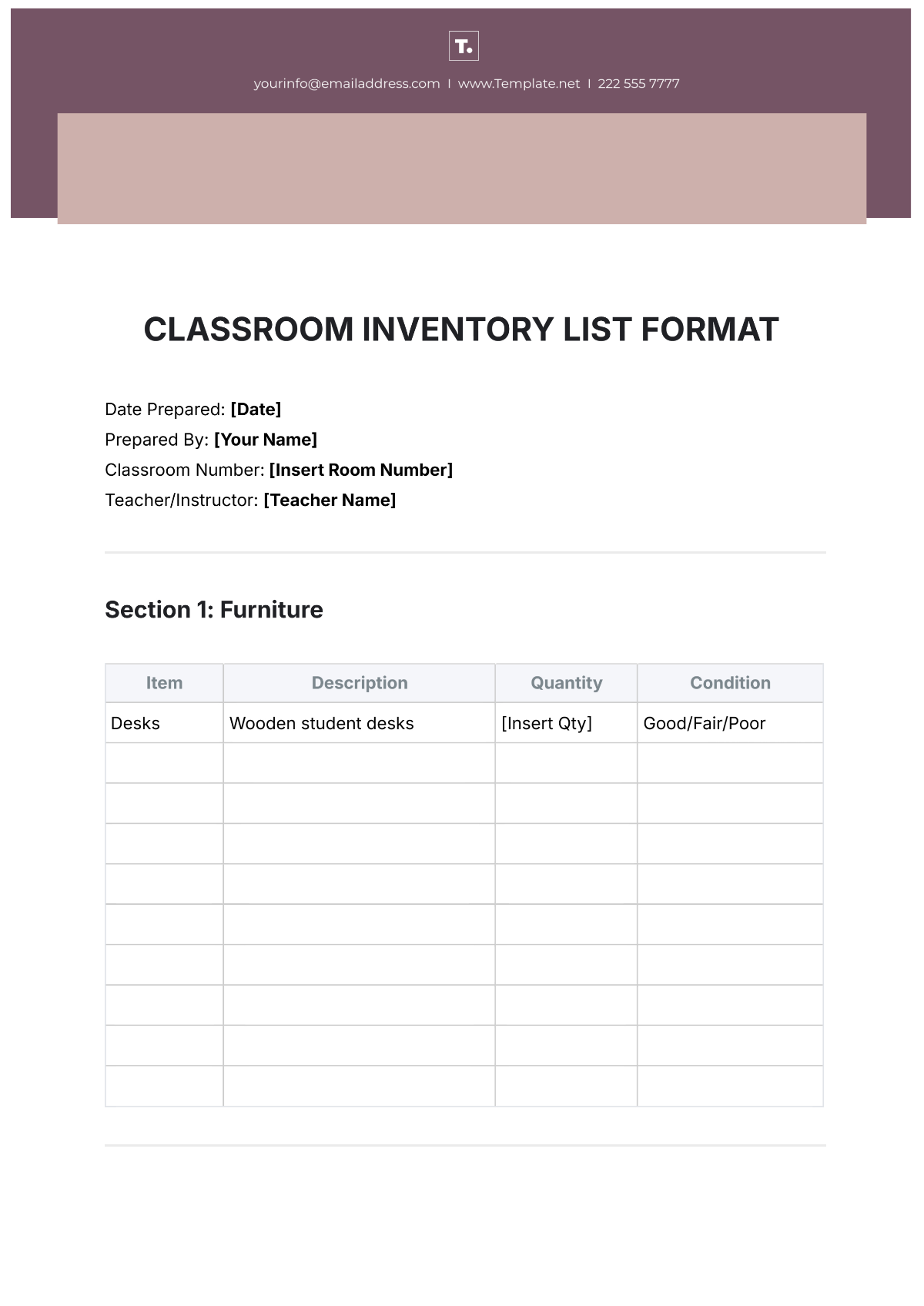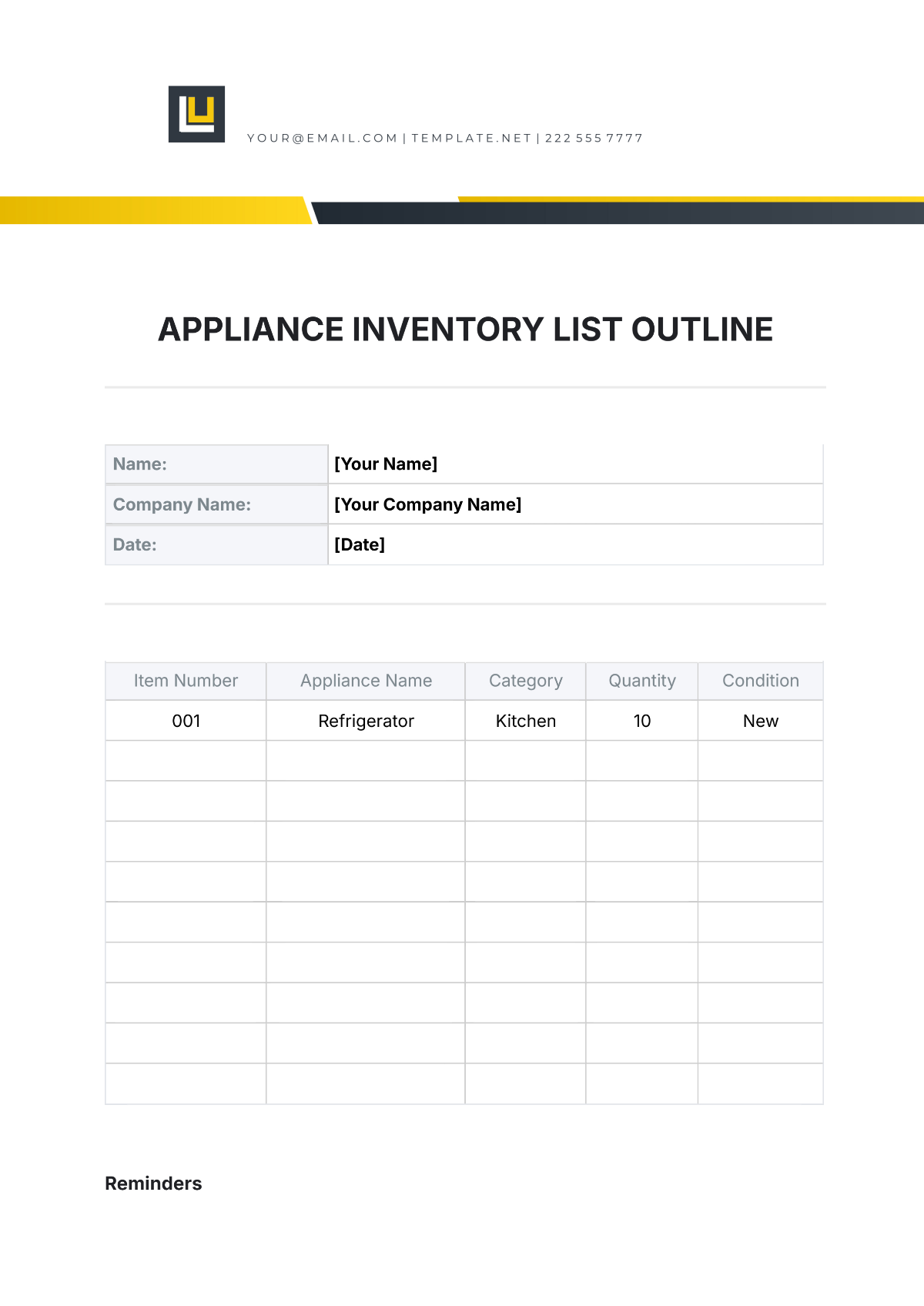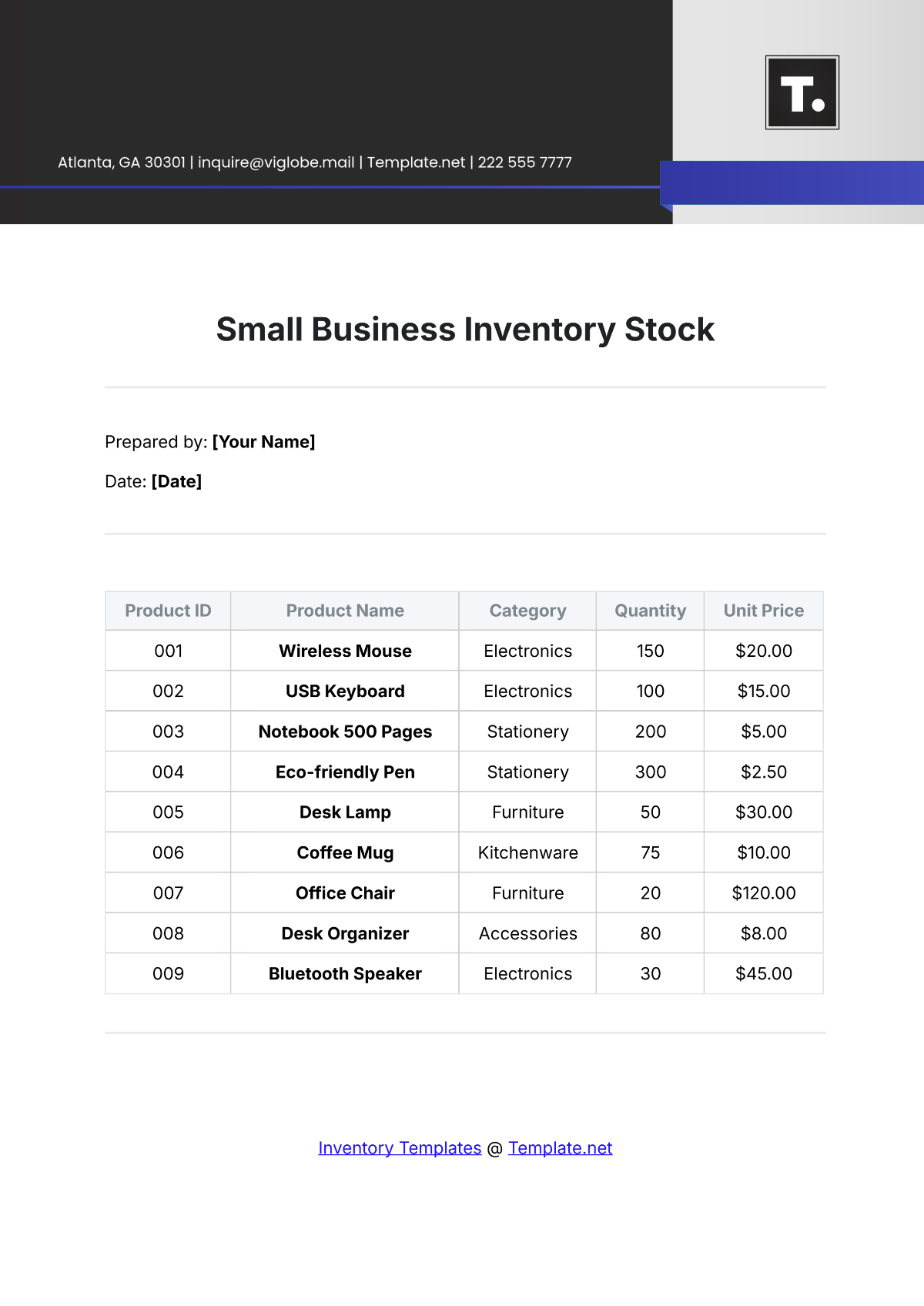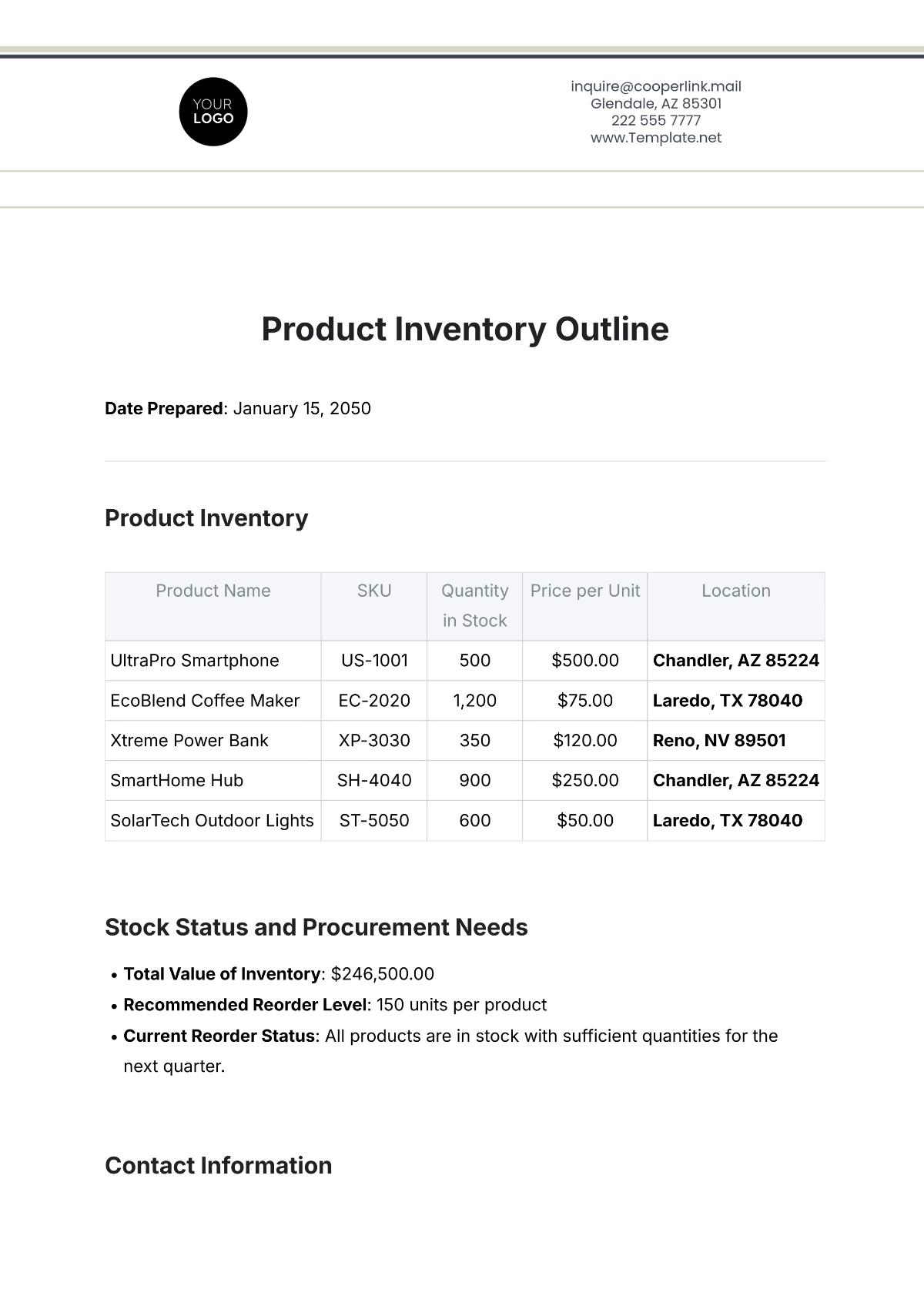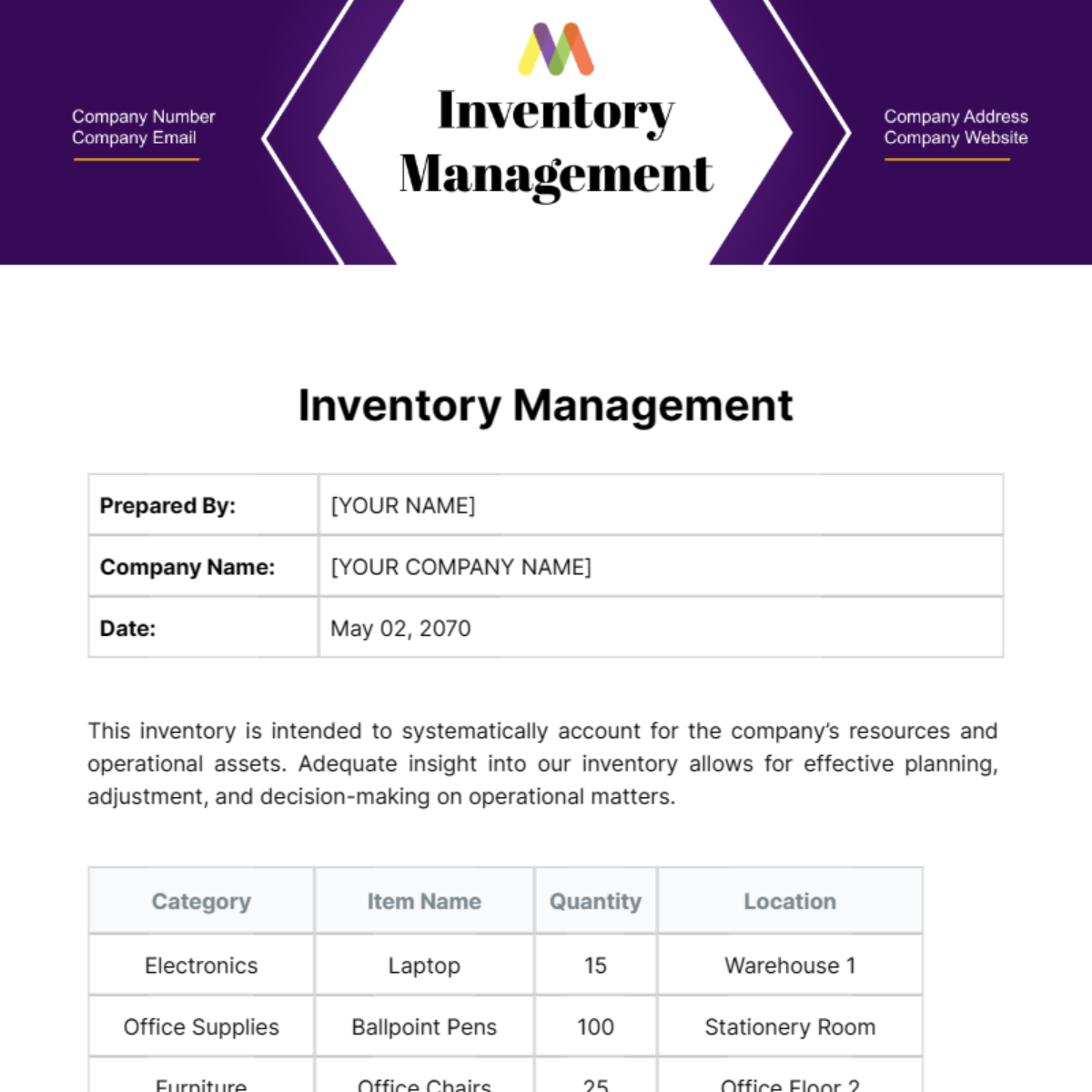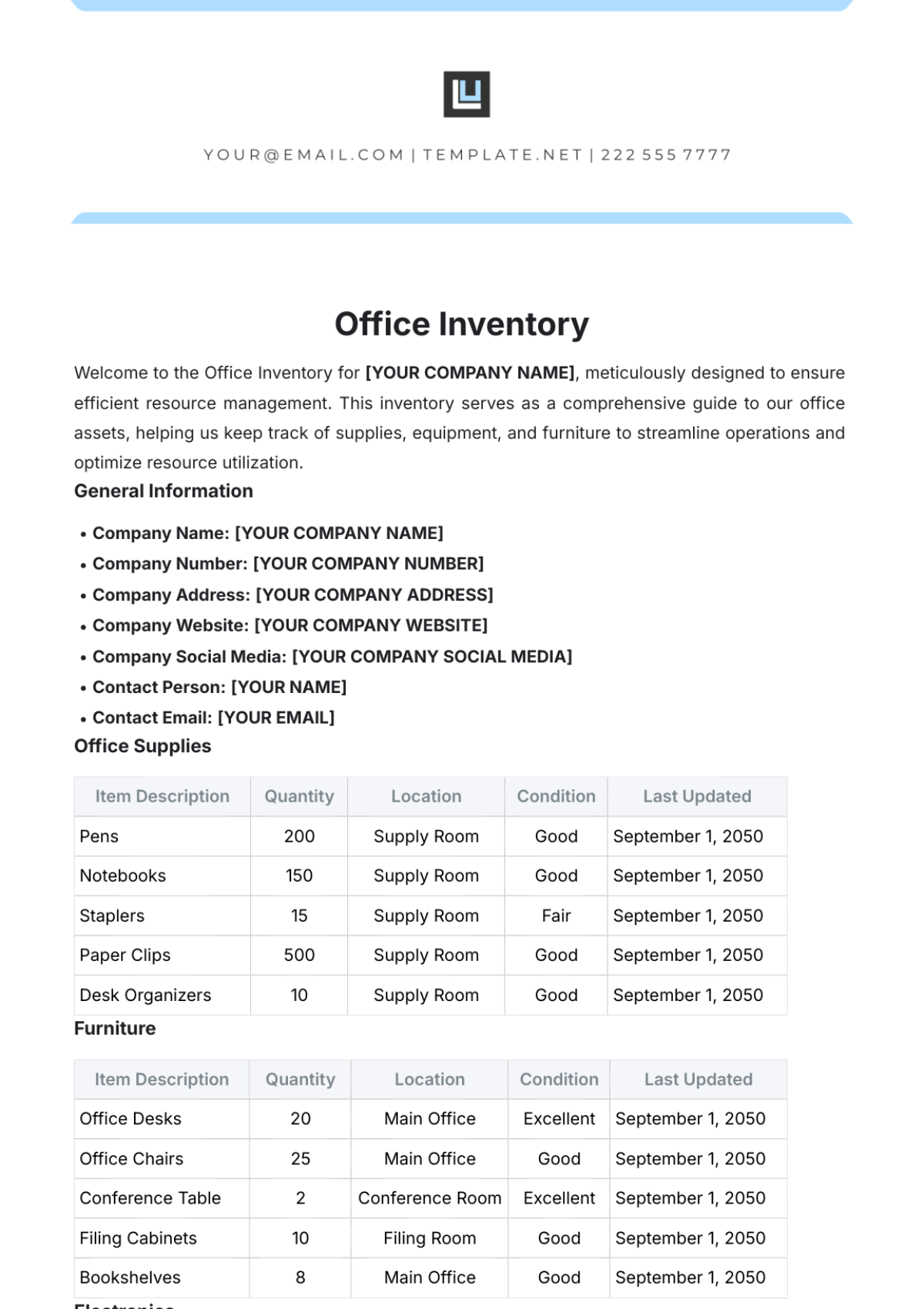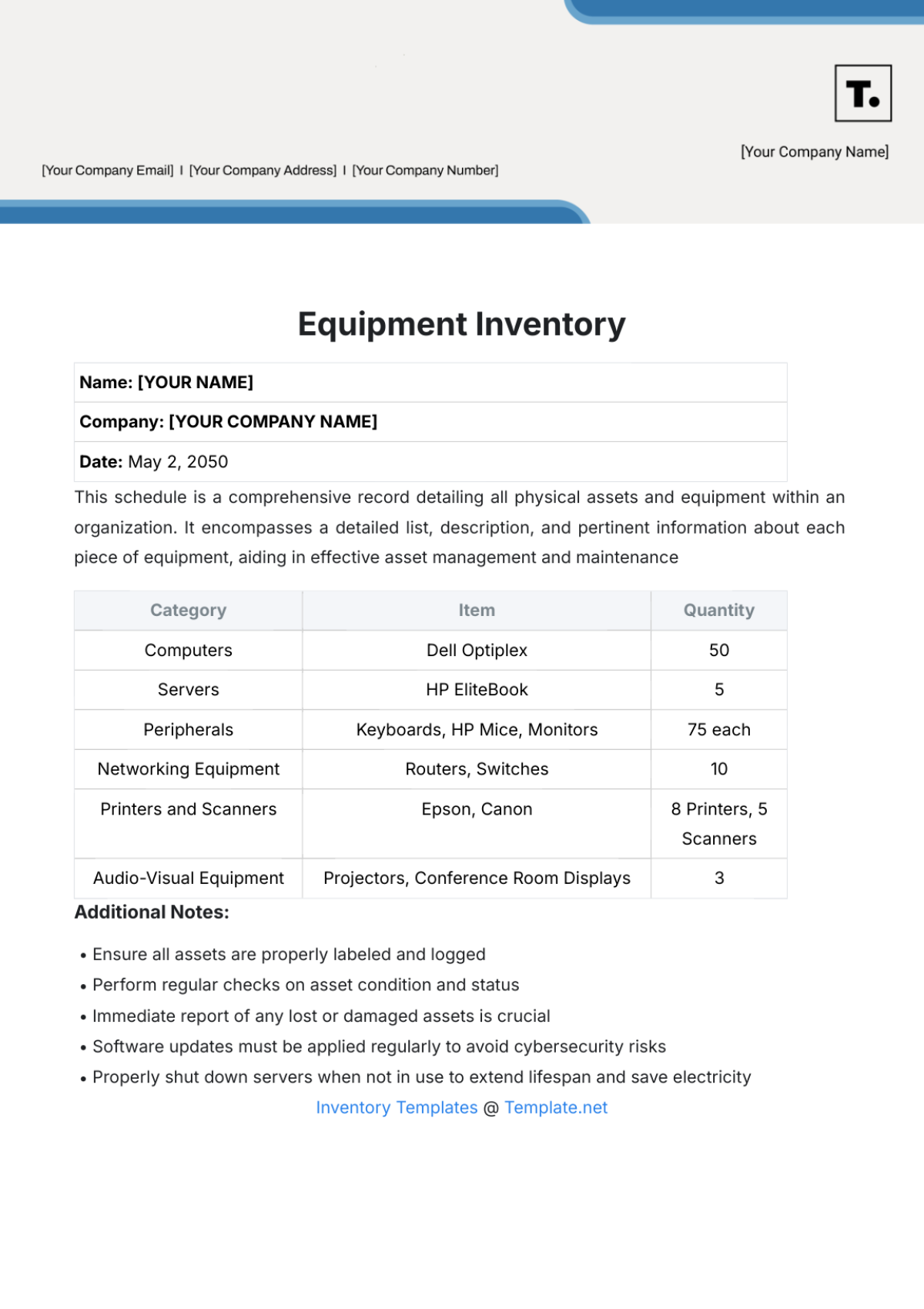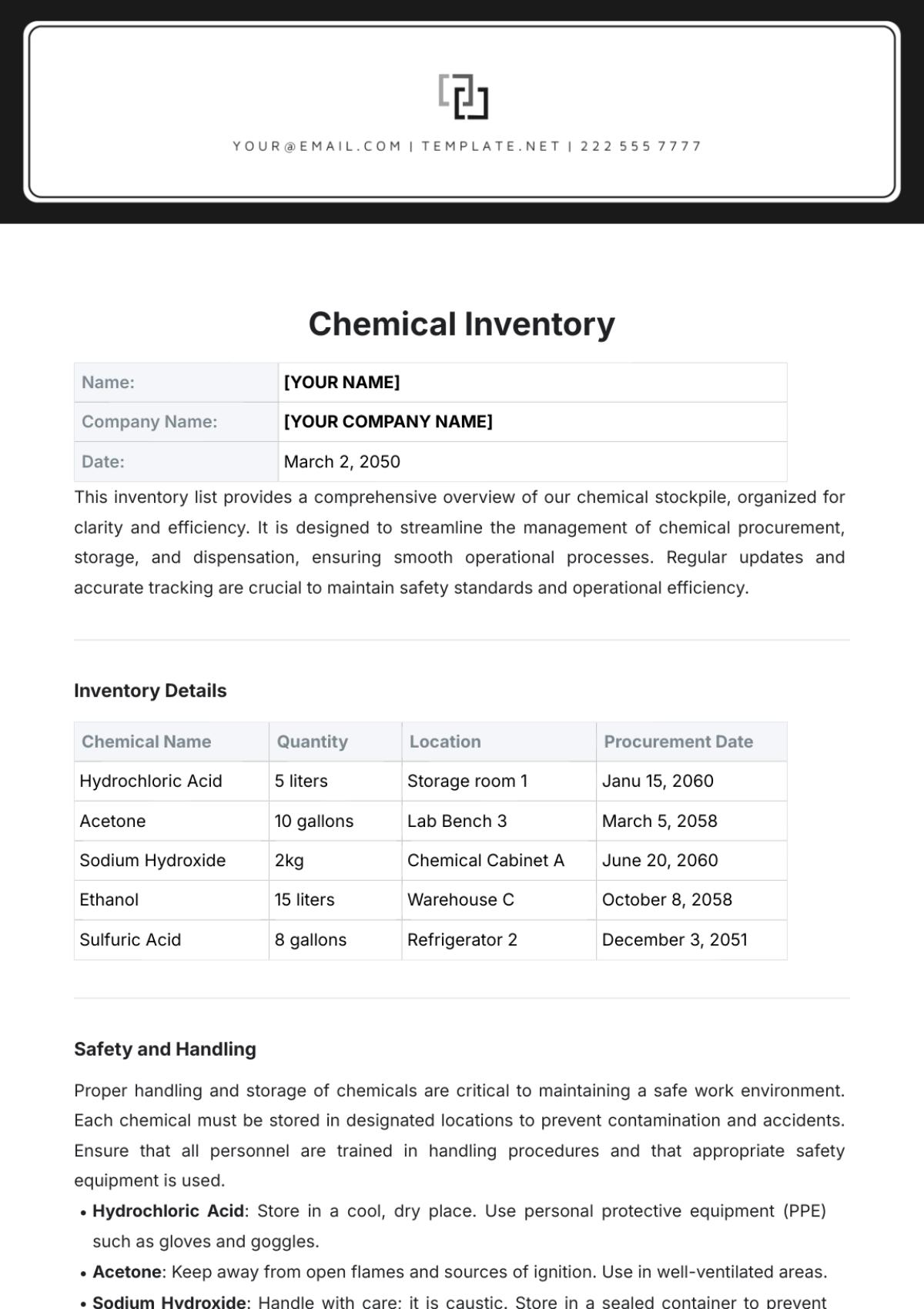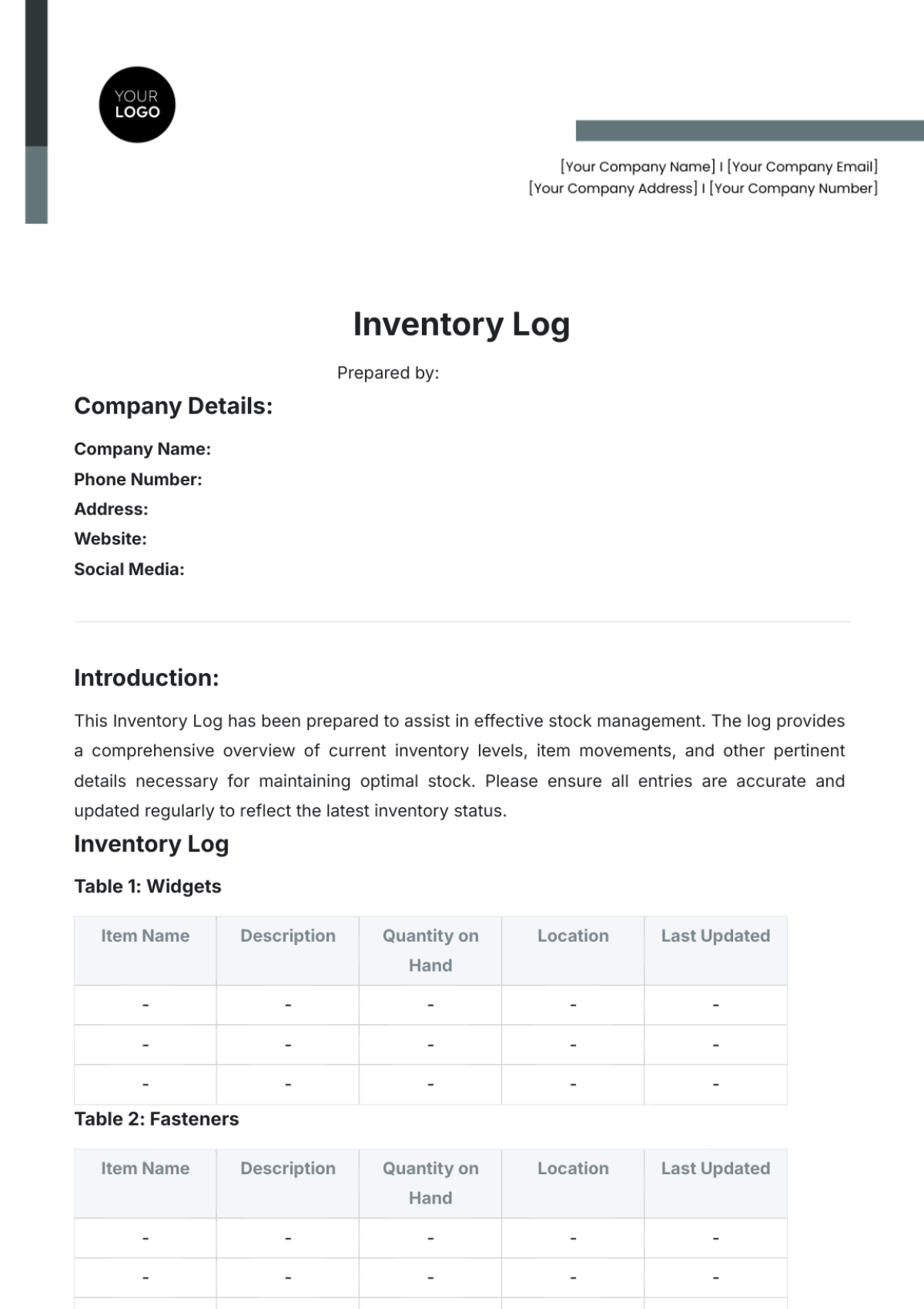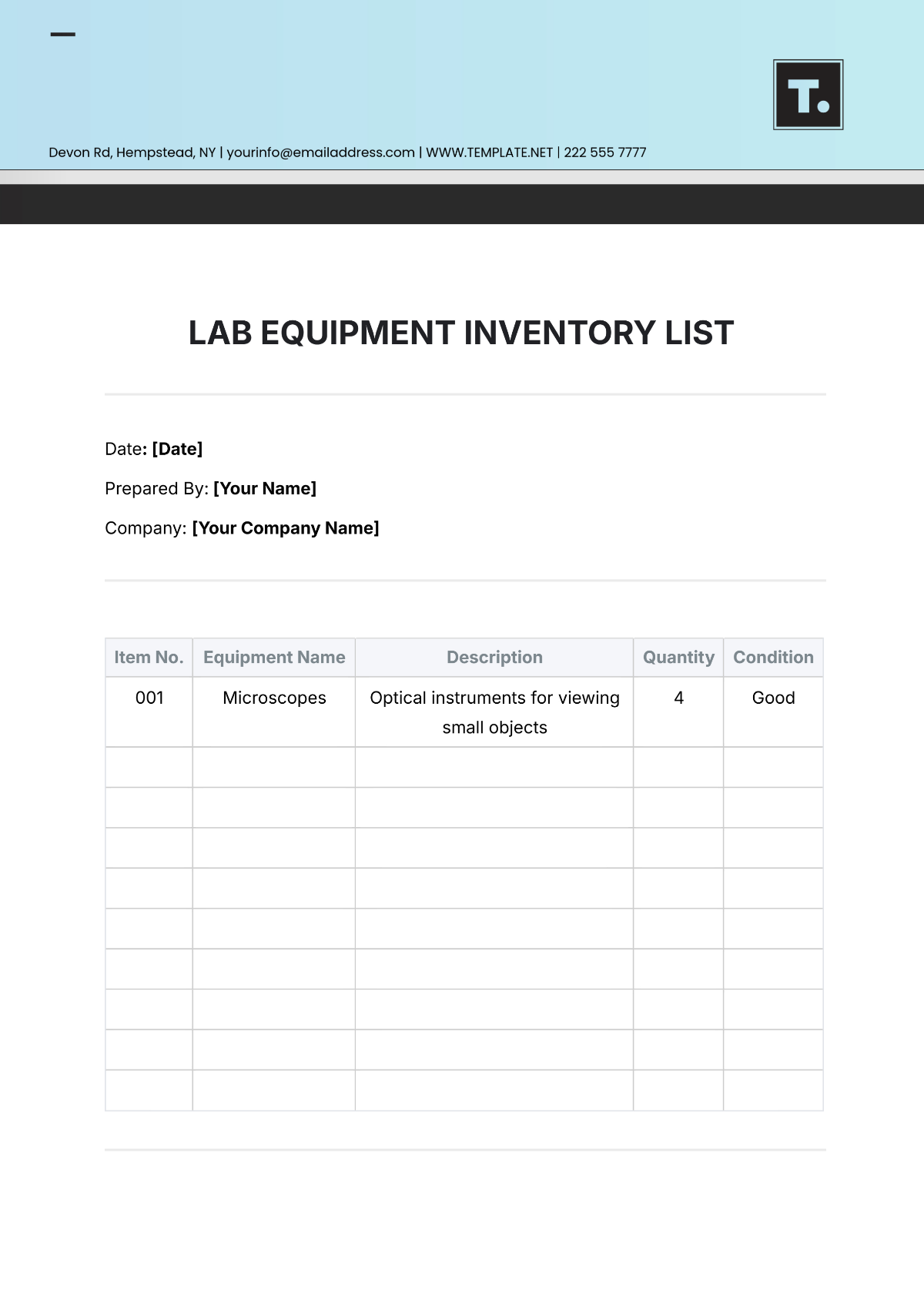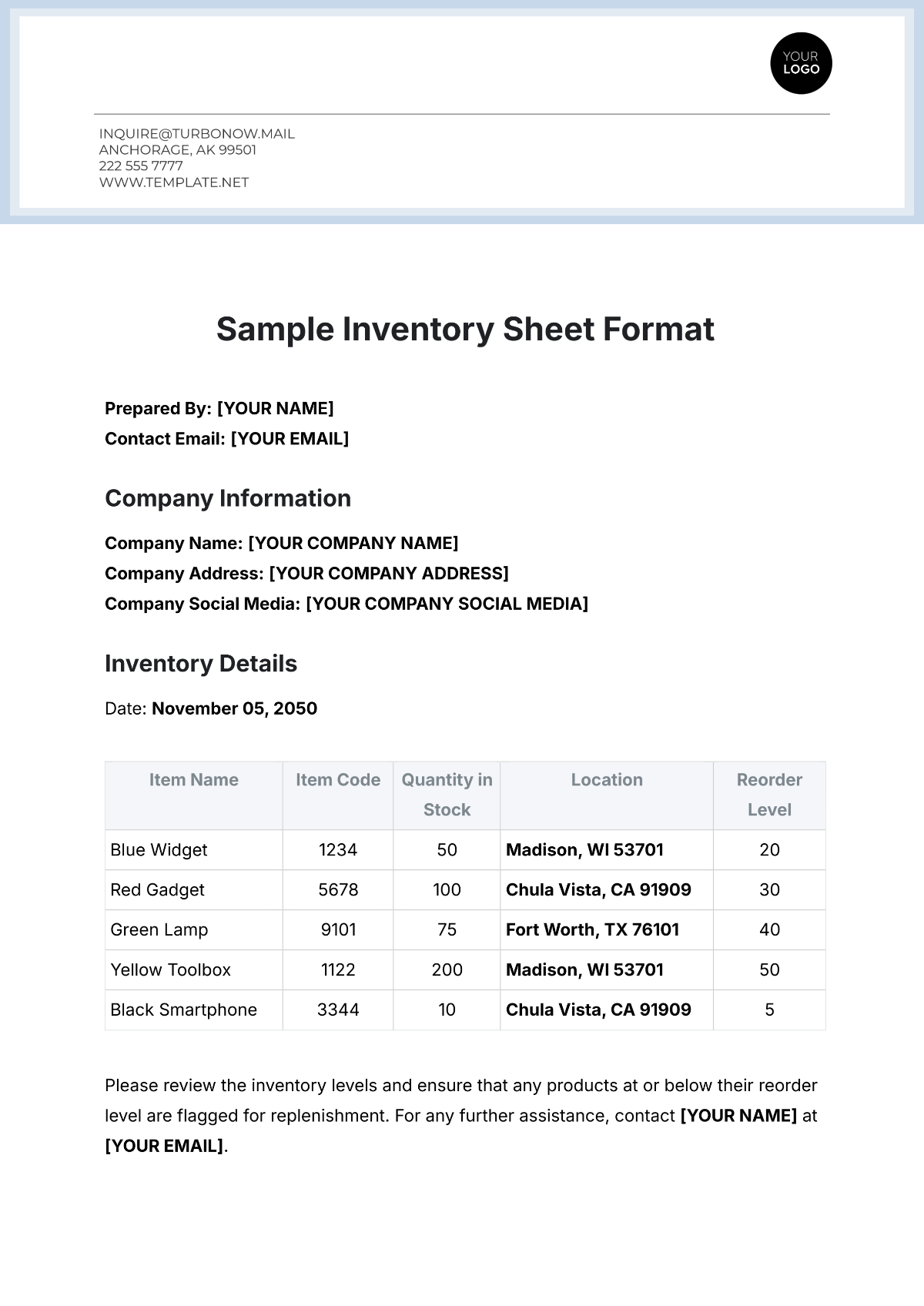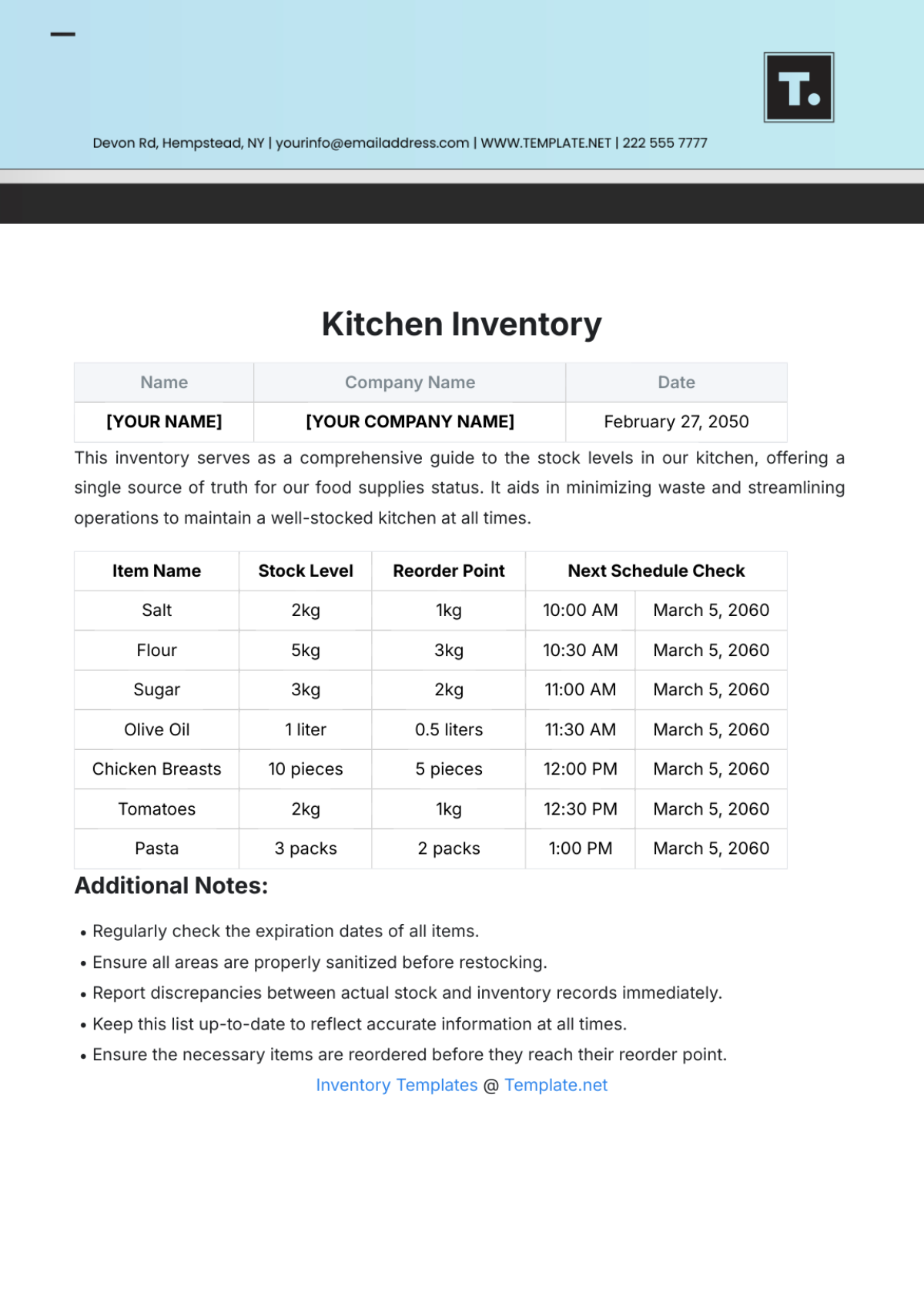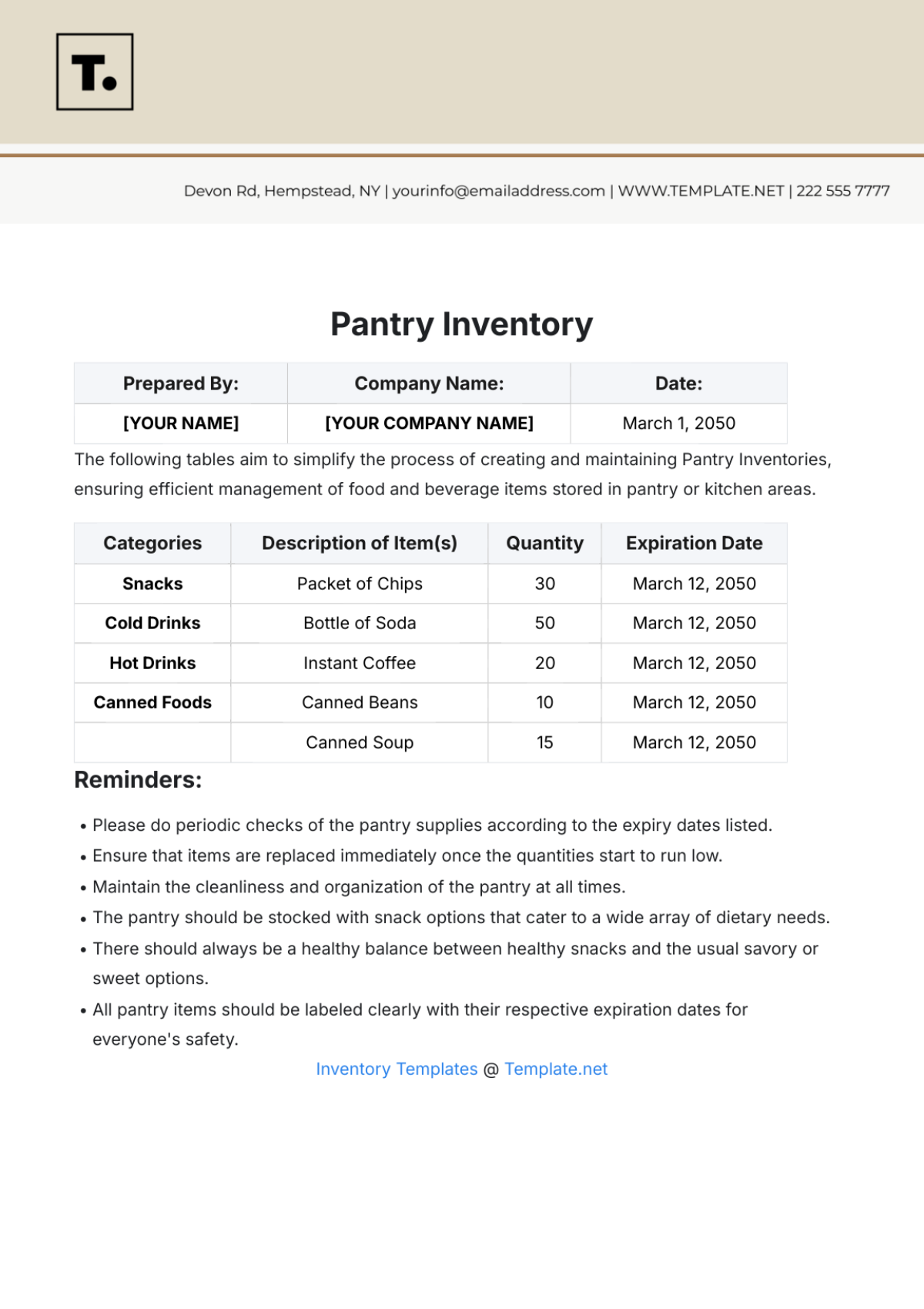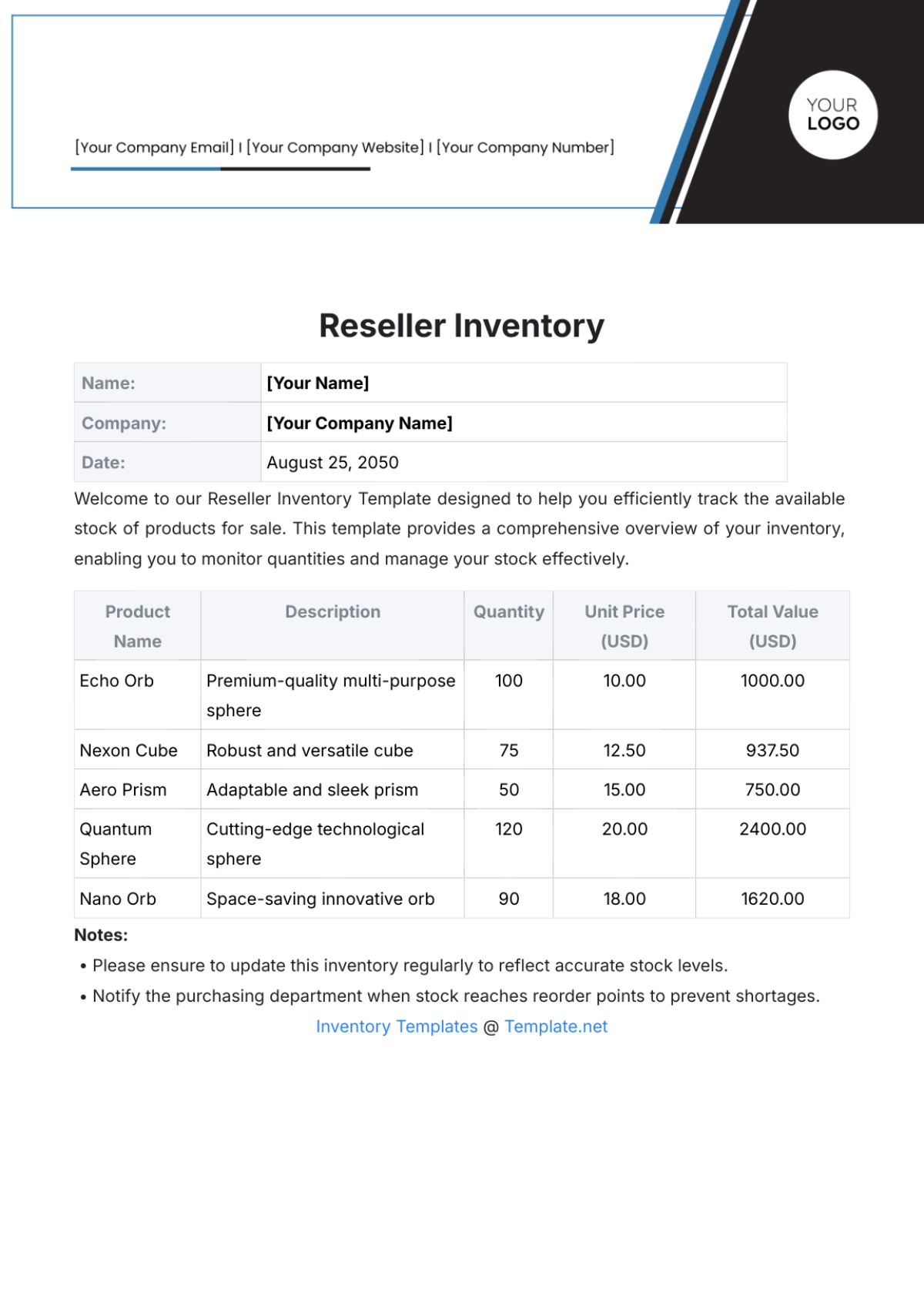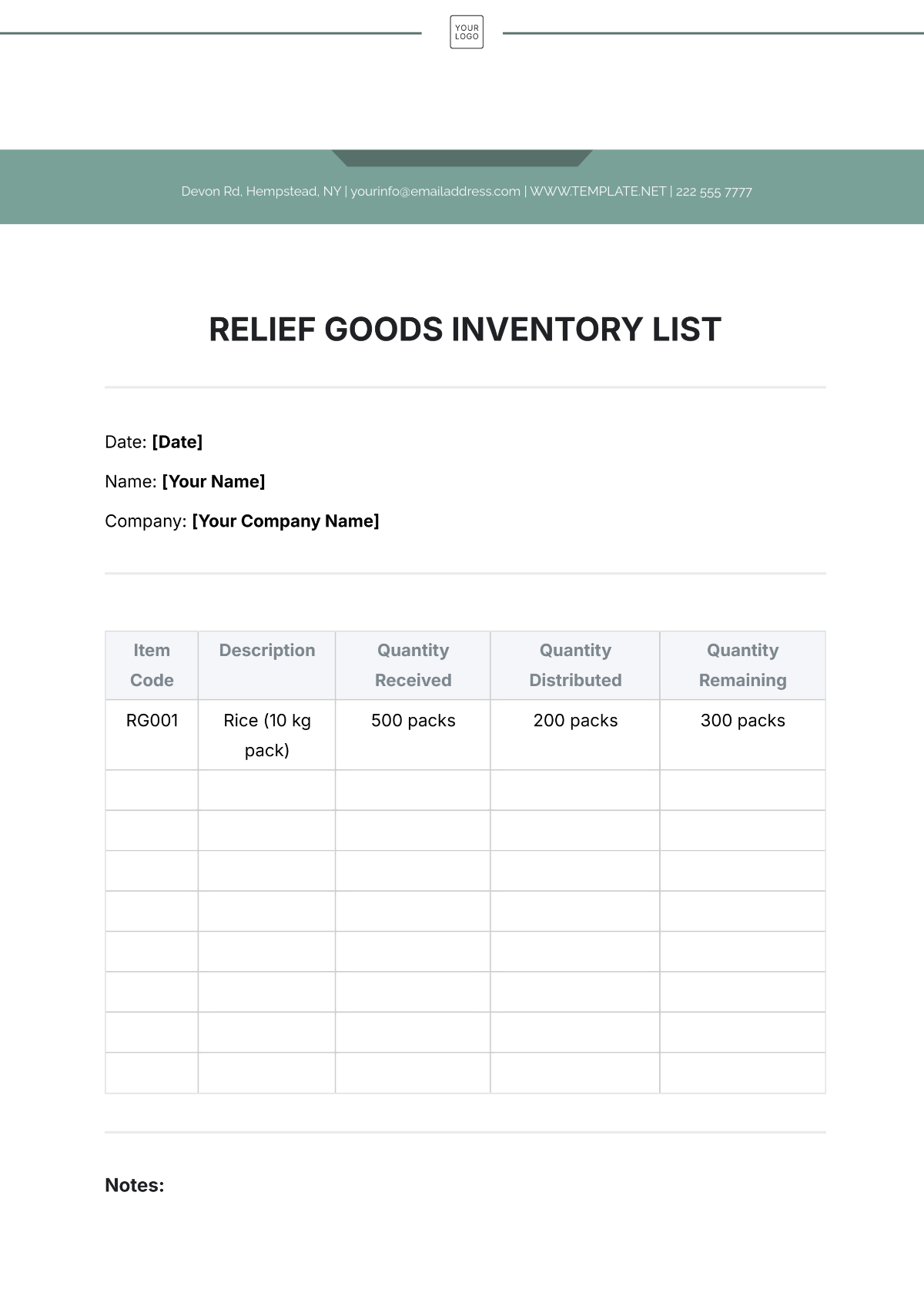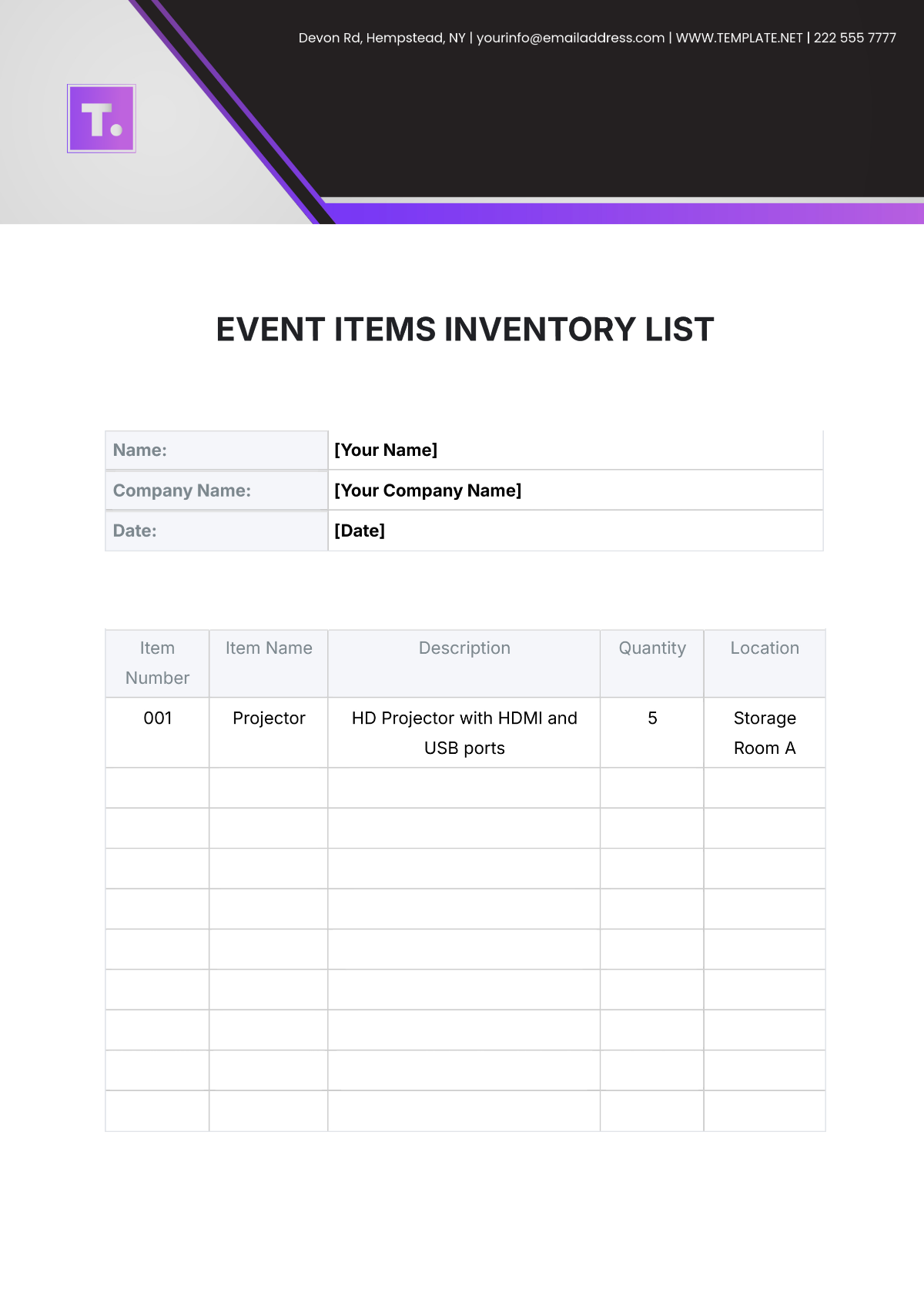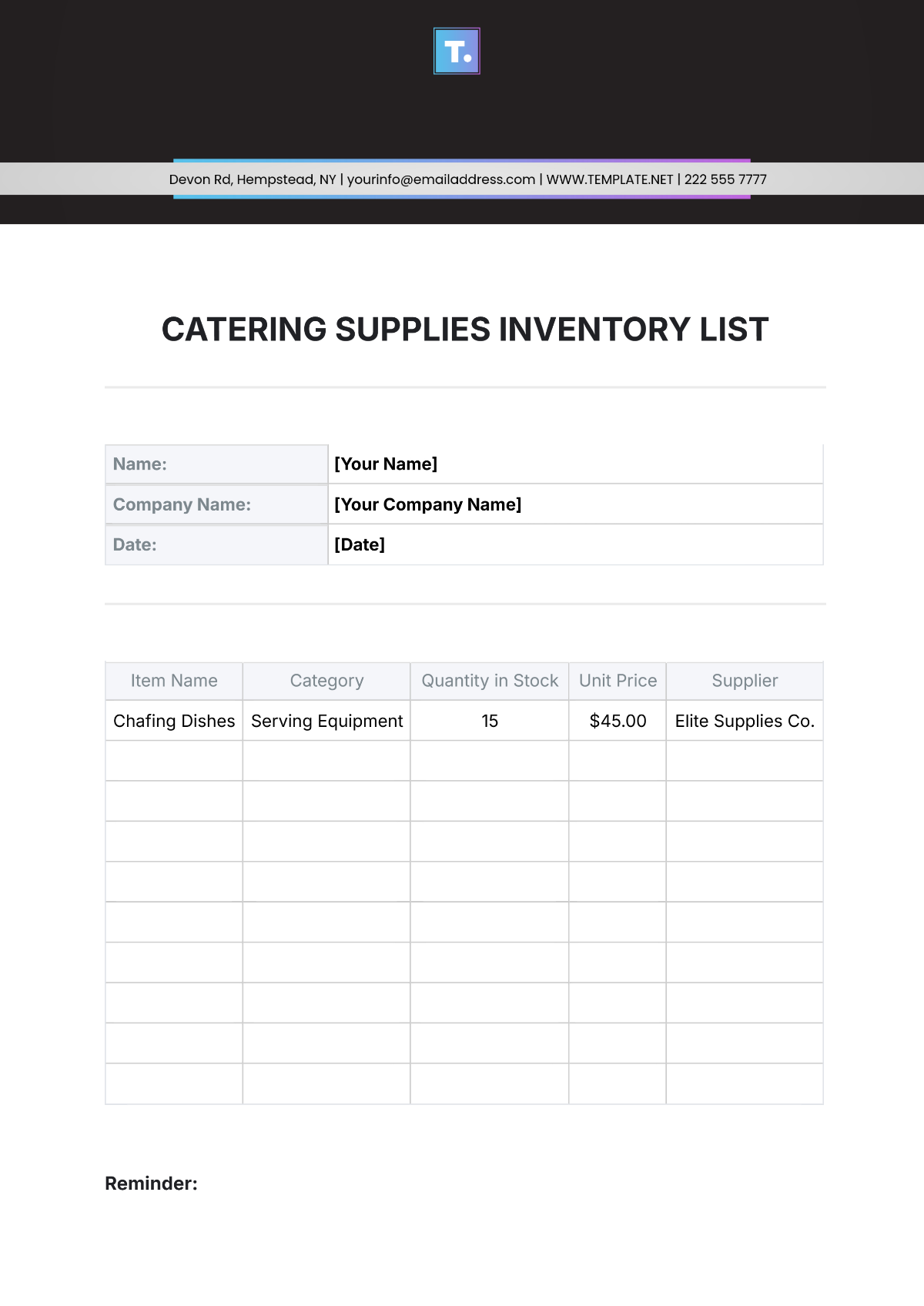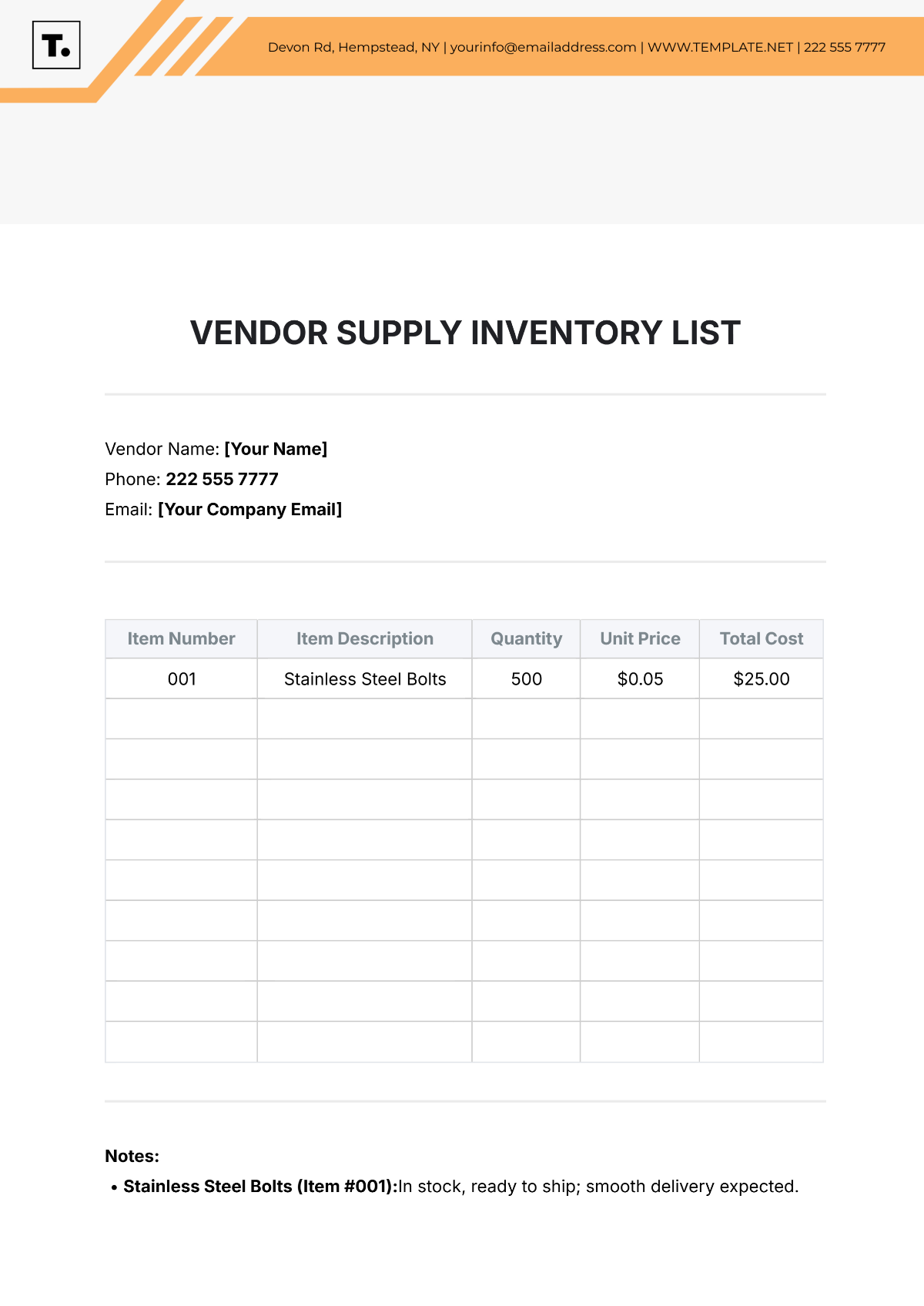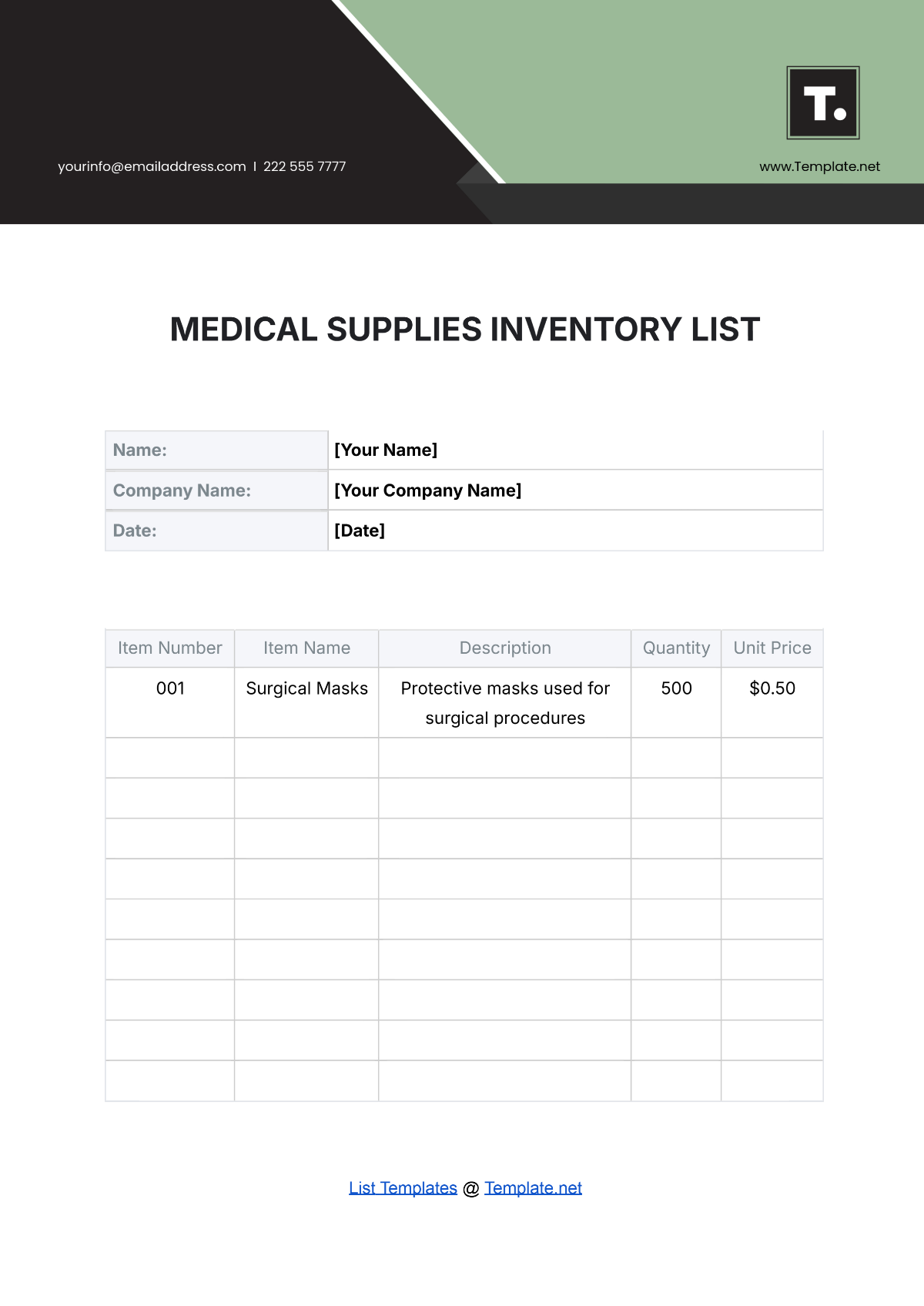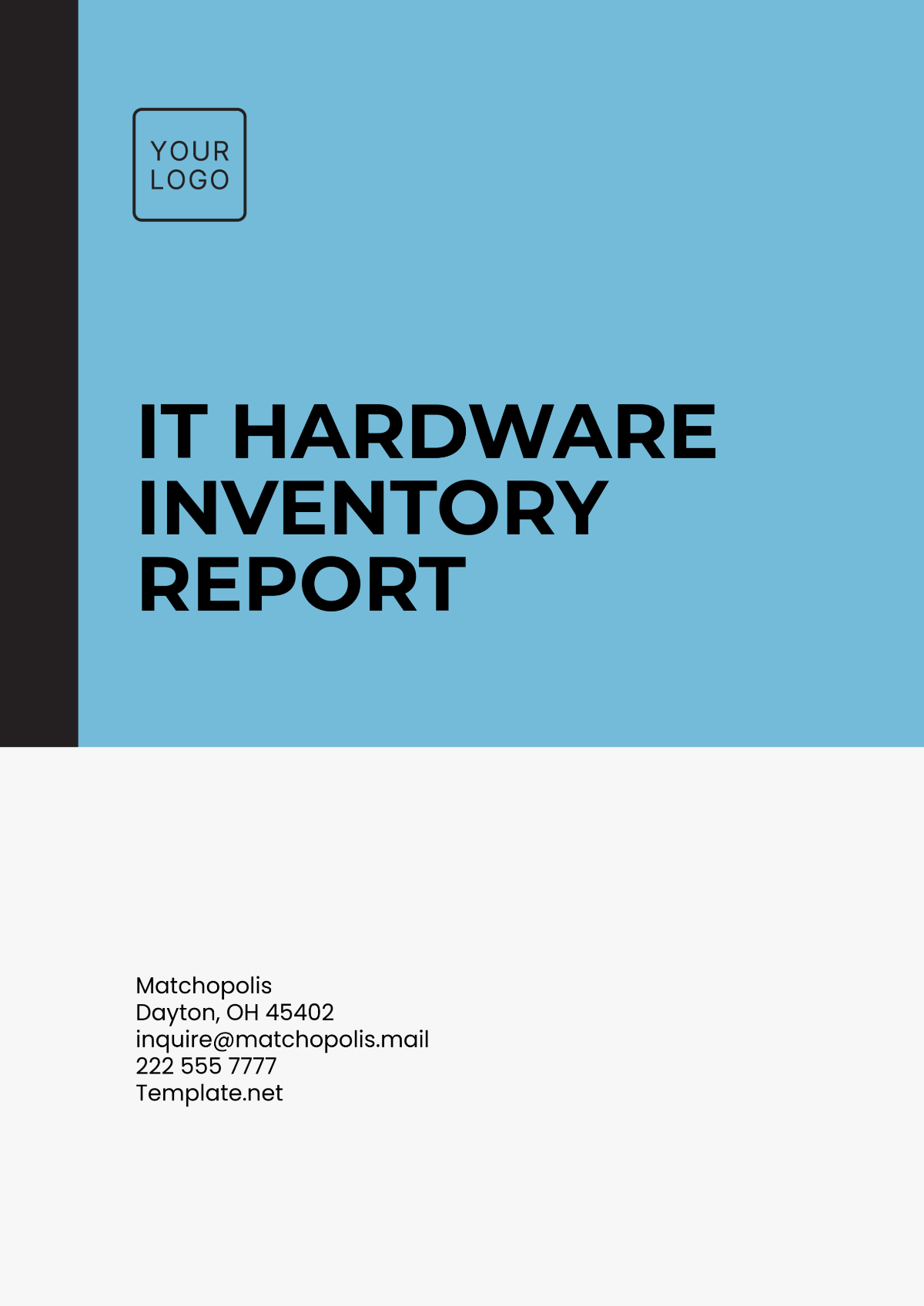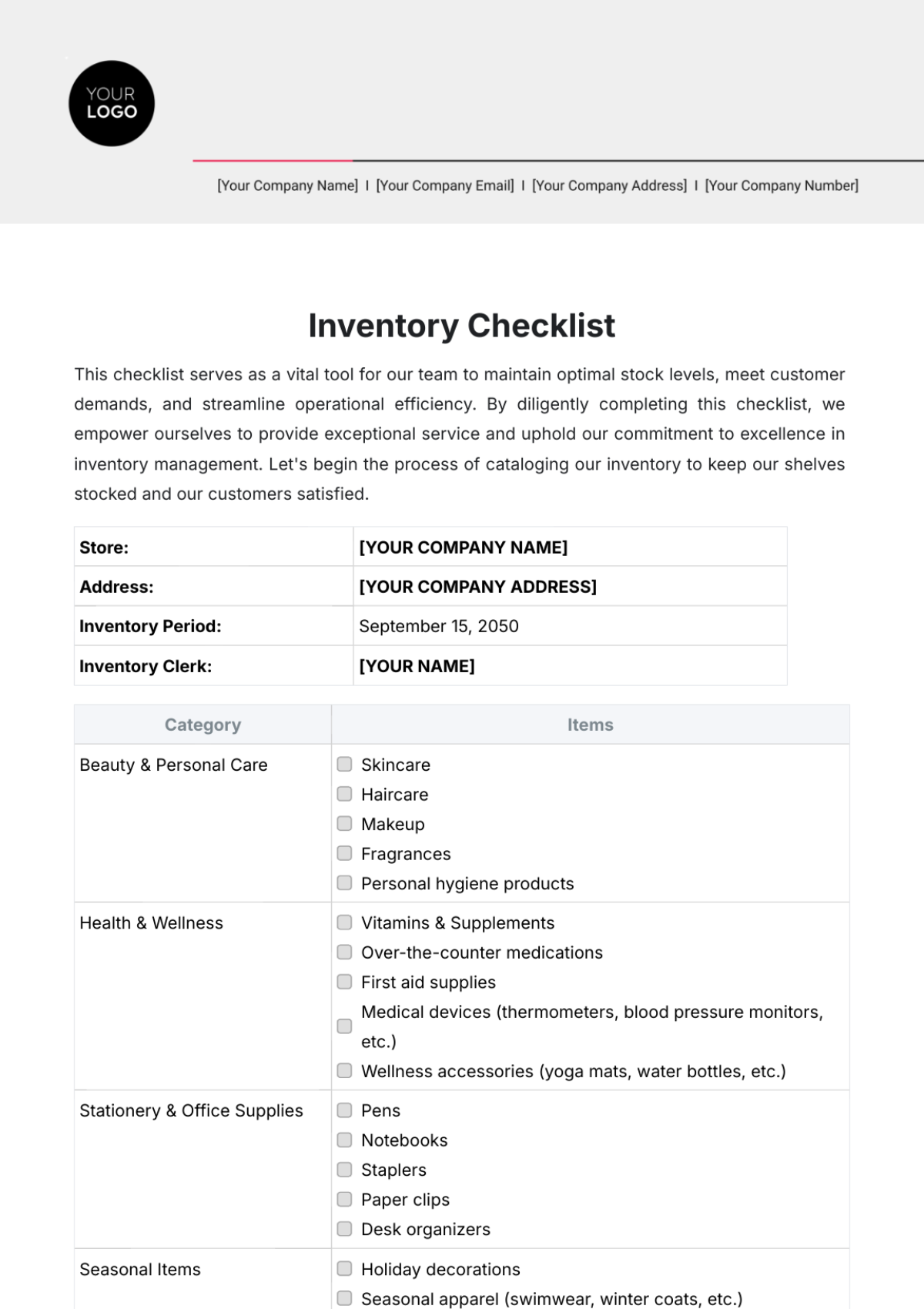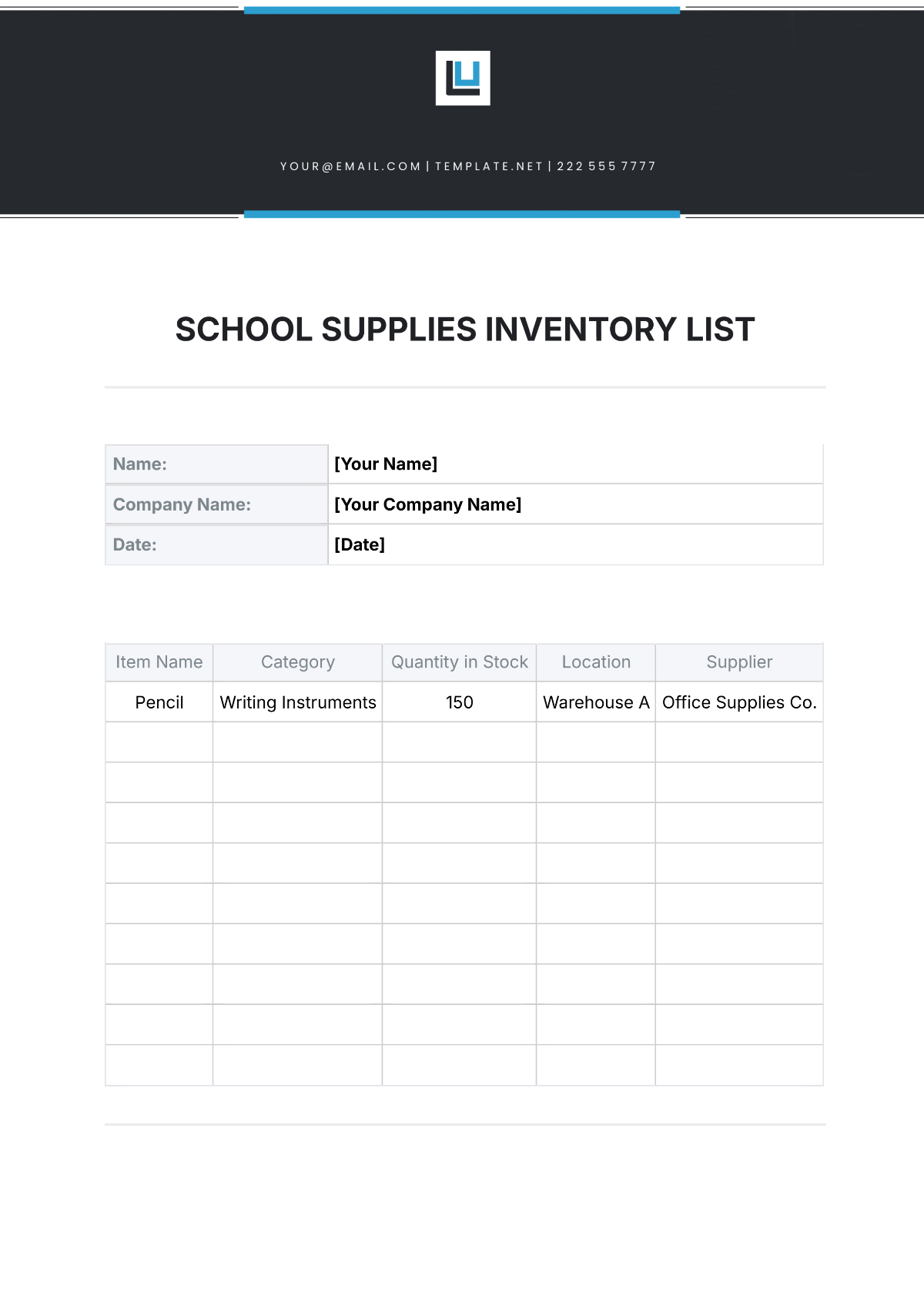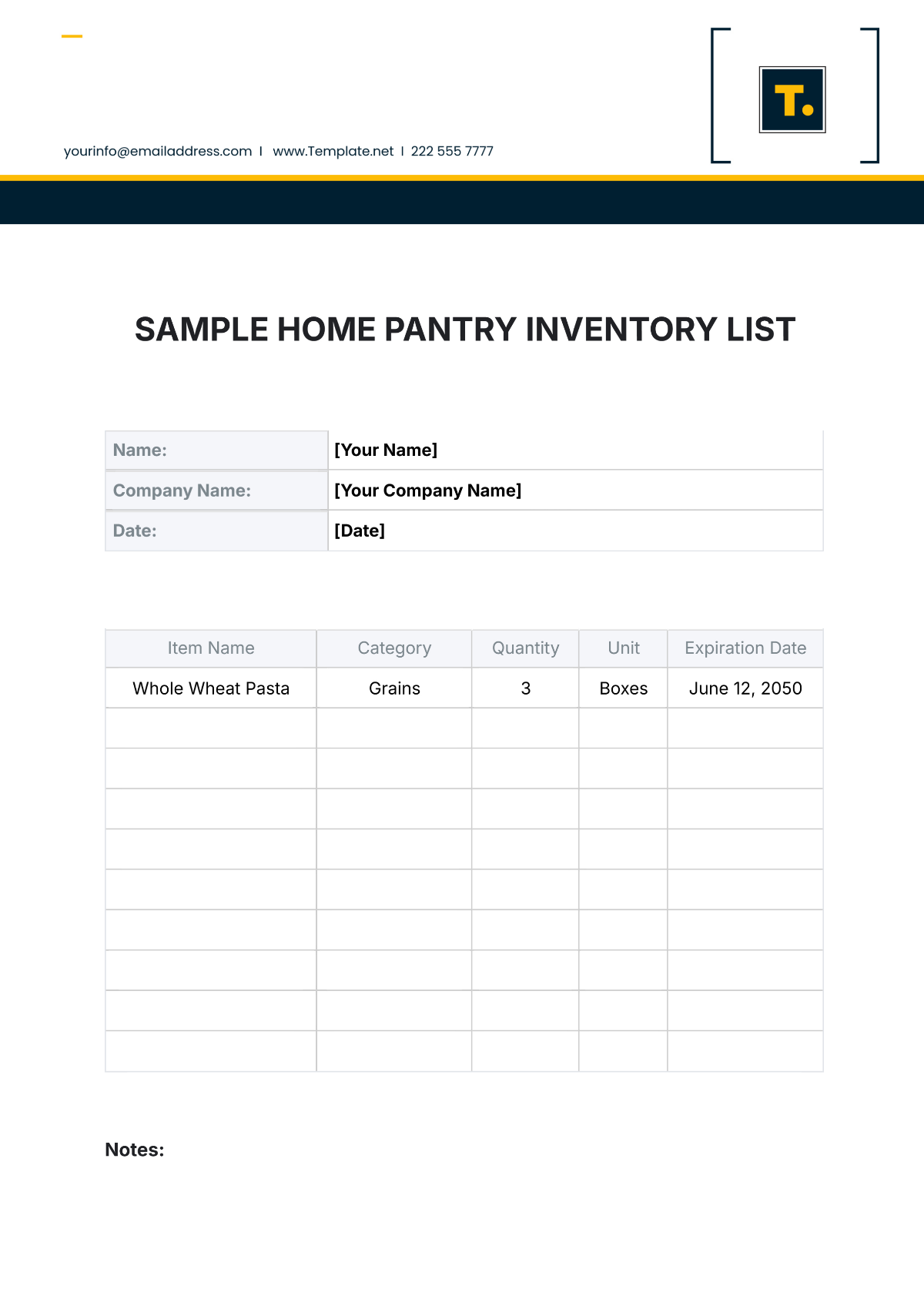Inventory System Project Specification
Prepared by: [Your Name]
Date: [Date]
I. Introduction
The Inventory System Project Specification is a comprehensive document detailing the requirements, functionalities, and technical specifications of an inventory management system. This document serves as a critical blueprint for the system's design, development, and implementation phases, providing clear guidance and alignment among all stakeholders. The specification aims to ensure a shared understanding of the project's scope, objectives, and deliverables, facilitating seamless communication and efficient project execution.
II. Requirements
II.I Functional Requirements
Inventory Tracking: Monitor inventory levels, orders, sales, and deliveries in real time.
Reporting: Generate real-time and historical inventory reports with customizable options.
Stock Management: Automate stock reorders and set up notifications for low stock levels.
Multi-location Support: Manage inventory across multiple warehouses and locations seamlessly.
Role-Based Access Control: Implement role-based access to secure sensitive data and ensure appropriate user permissions.
ERP Integration: Seamlessly integrate with existing Enterprise Resource Planning (ERP) systems for synchronized data and streamlined operations.
II.II Non-Functional Requirements
Availability: The system should exhibit high availability with minimal downtime to ensure business continuity.
Scalability: The system must scale efficiently to handle increasing data volumes and user demands.
Security: Comply with industry standards for data security and privacy, safeguarding sensitive information.
Usability: Provide an intuitive and user-friendly interface to enhance user experience and efficiency.
III. System Architecture
The system architecture for the Inventory Management System consists of three primary layers: Presentation Layer, Business Layer, and Data Layer.
III.I Presentation Layer
Web-Based Interface: A responsive design accessible through web browsers.
Mobile-Friendly: Optimized for mobile devices, providing flexibility for users on the go.
III.II Business Layer
Inventory Management Services: Core services for managing inventory levels, orders, and stock movements.
Order Processing: Efficient handling of order placements, processing, and fulfillment.
Reporting and Analytics: Advanced analytics and reporting features for data-driven decision-making.
III.III Data Layer
Relational Databases: Utilization of databases like MySQL or PostgreSQL for structured data management.
Data Warehousing: Solutions for aggregating and analyzing large volumes of data for business intelligence purposes.
IV. Data Model
The data model defines the structure of the inventory database, including tables for products, inventory levels, transactions, and users.
Table Name | Description |
|---|---|
Products | Contains information about each product, including ID, name, description, and price. |
Inventory Levels | Tracks the current stock levels for each product across different locations. |
Transactions | Logs all inventory movements, including sales, purchases, and transfers. |
Users | Manages user information and role-based access. |
V. User Interface (UI) Design
The UI design prioritizes an intuitive and efficient user experience, enabling users to interact seamlessly with the inventory system.
Main Dashboard: Displays an overview of inventory levels, recent transactions, notifications, and alerts.
Product Management: Features for adding, editing, and deleting products, along with search and filter options.
Inventory Tracking: Provides detailed views of stock levels by location and tracks stock movements and history.
Reporting: Offers tools to generate standard and custom reports, with options to export in formats like CSV and PDF.
VI. Implementation Plan
The implementation plan outlines the steps required for developing, testing, and deploying the inventory system.
VI.I Project Phases
Requirement Analysis and Specification: Gather and document detailed project requirements.
System Design and Architecture: Develop the system's architectural framework and design.
Development: Code and build the system components and functionalities.
Testing and Quality Assurance: Thorough testing to ensure the system meets all requirements.
Deployment and Training: Roll out the system and provide training to end-users.
Maintenance and Support: Ongoing maintenance and support post-deployment.
VI.II Timeline
The project is expected to be completed within 6 months, with each phase taking approximately one month.
VII. Testing and Quality Assurance
A robust testing and quality assurance plan is essential to ensure the system's reliability and functionality.
VII.I Testing Phases
Unit Testing: Verify individual components for correctness.
Integration Testing: Ensure different components work together as expected.
System Testing: Validate the system's overall functionality.
User Acceptance Testing (UAT): Confirm the system meets user requirements and is ready for deployment.
VII.II Quality Assurance Metrics
Defect Density: Measure the number of defects relative to the system's size.
Test Coverage: Assess the extent of testing across the system's functionalities.
Mean Time to Repair (MTTR): Evaluate the time taken to fix defects.
User Satisfaction: Gauge user satisfaction with the system's performance and usability.
VIII. Security and Compliance
Ensuring the security and compliance of the inventory system is critical for protecting sensitive data and meeting regulatory requirements.
VIII.I Security Measures
Data Encryption: Apply encryption for data at rest and in transit.
Regular Security Audits: Conduct audits and penetration testing to identify and address vulnerabilities.
Role-Based Access Control: Implement controls to manage user access based on roles and responsibilities.
VIII.II Compliance Standards
GDPR: Adhere to the General Data Protection Regulation for data protection and privacy.
ISO/IEC 27001: Comply with the standard for information security management systems.
IX. Appendices
The appendices provide additional information and resources relevant to the project.
Appendix A: Glossary of Terms: Definitions of key terms used in the document.
Appendix B: Contact Information: Contact details of primary project stakeholders, including the project manager, technical lead, and other relevant personnel.
